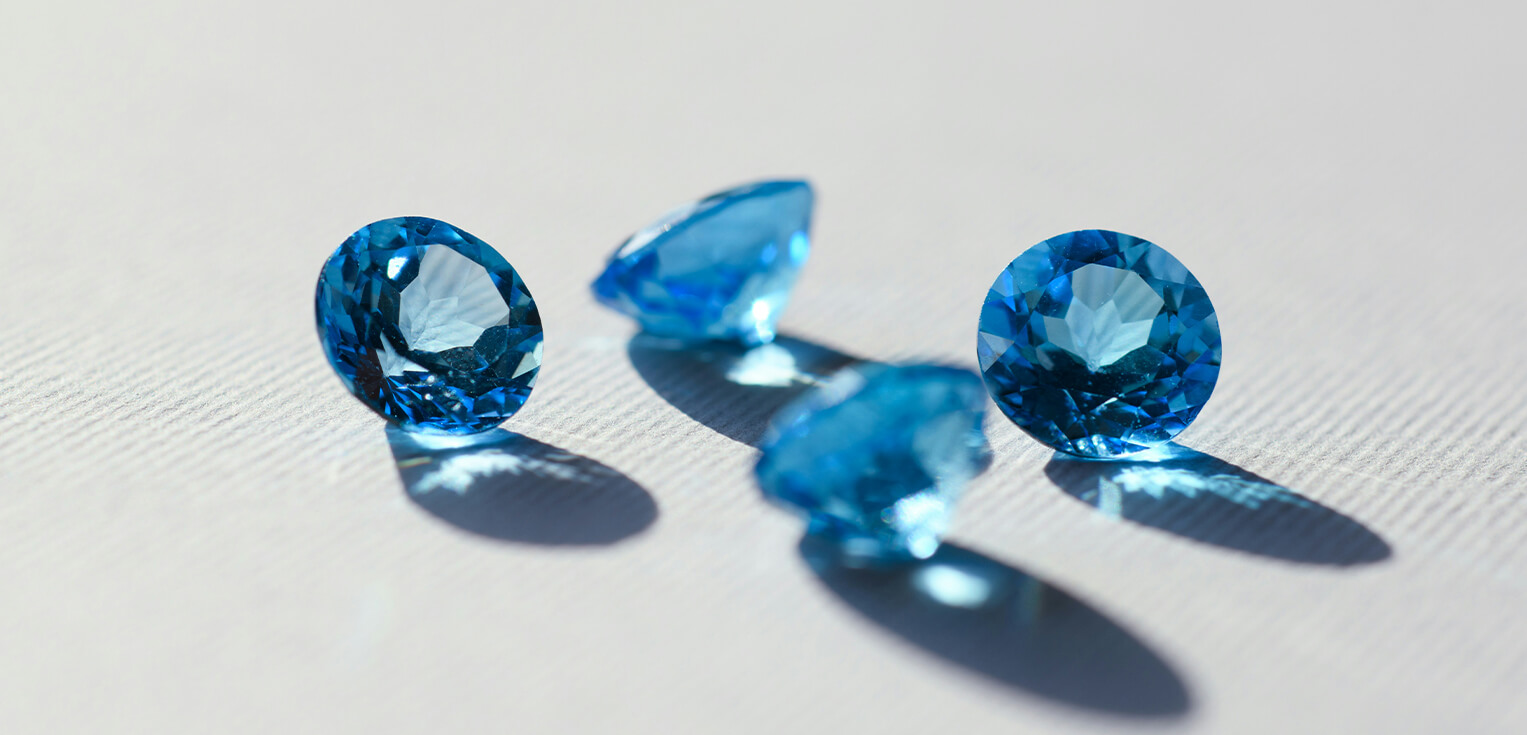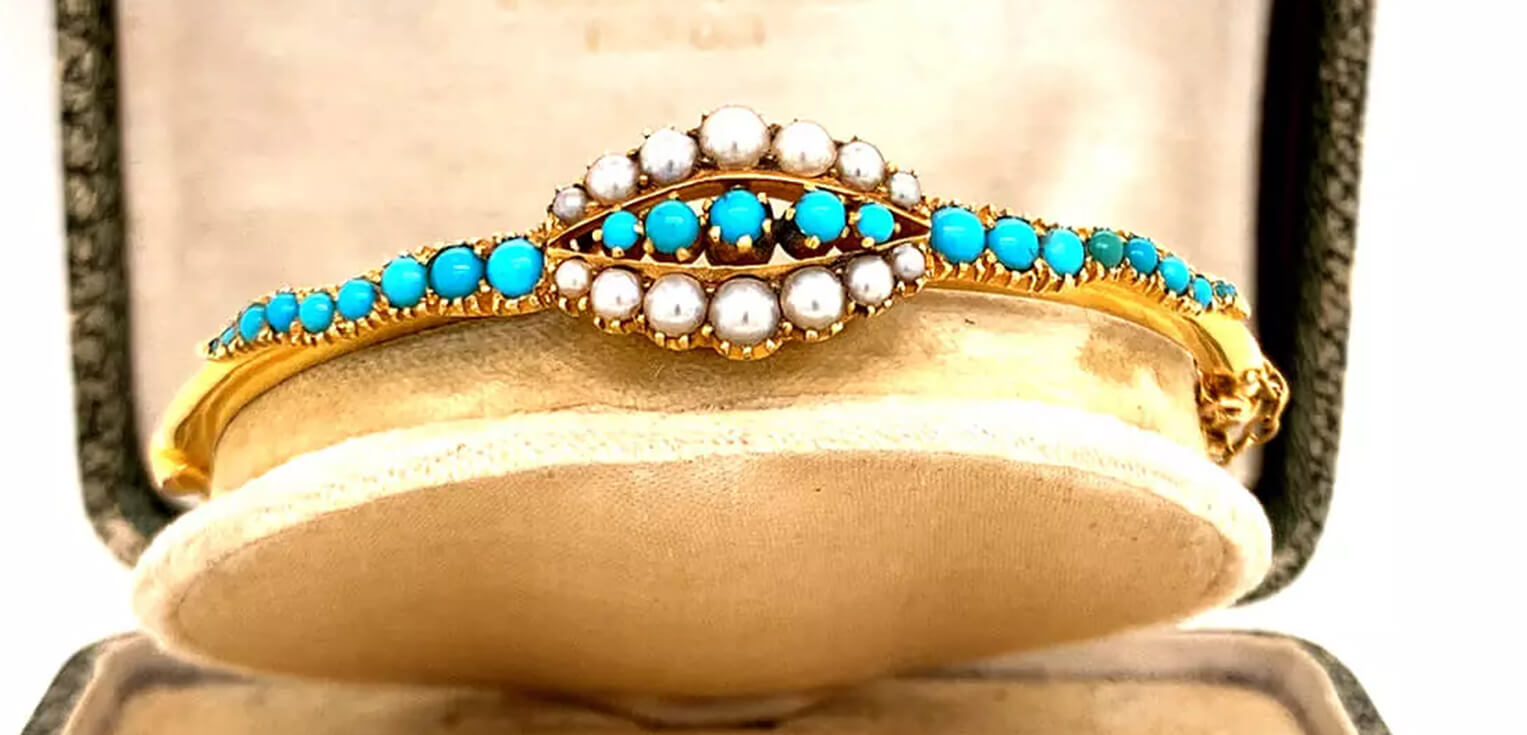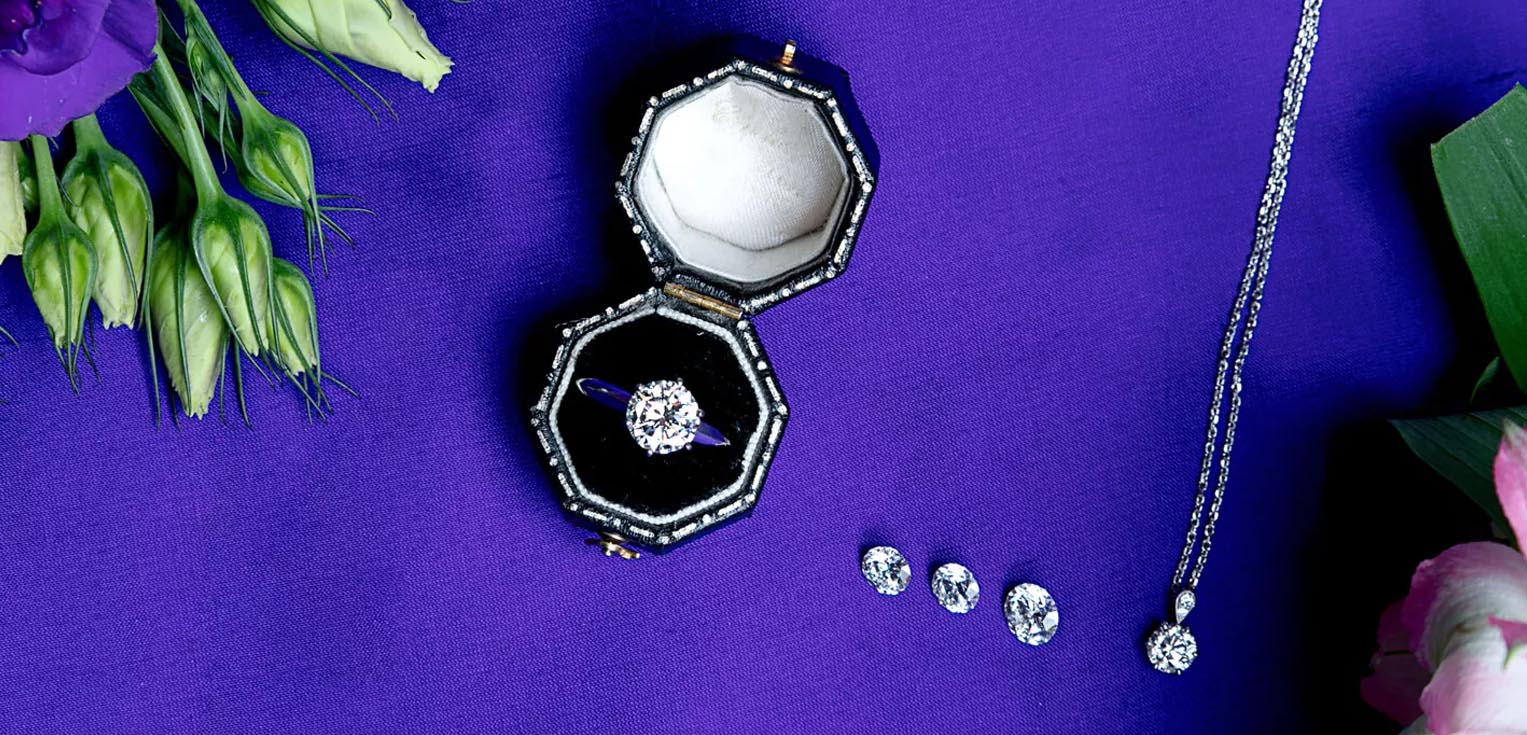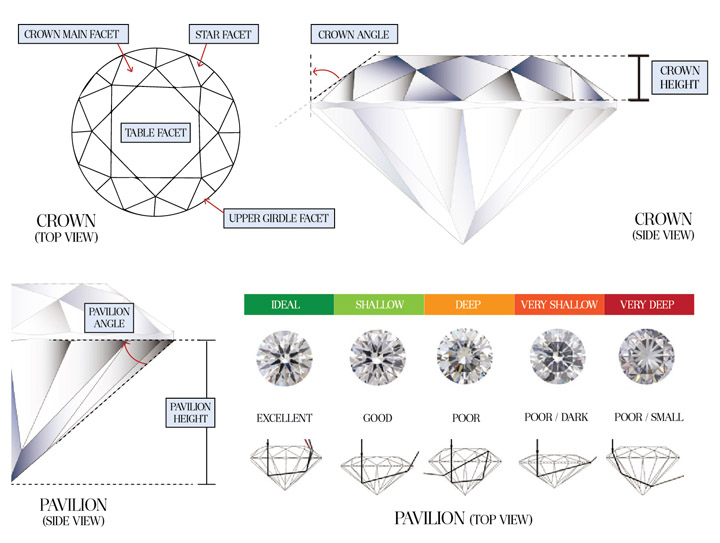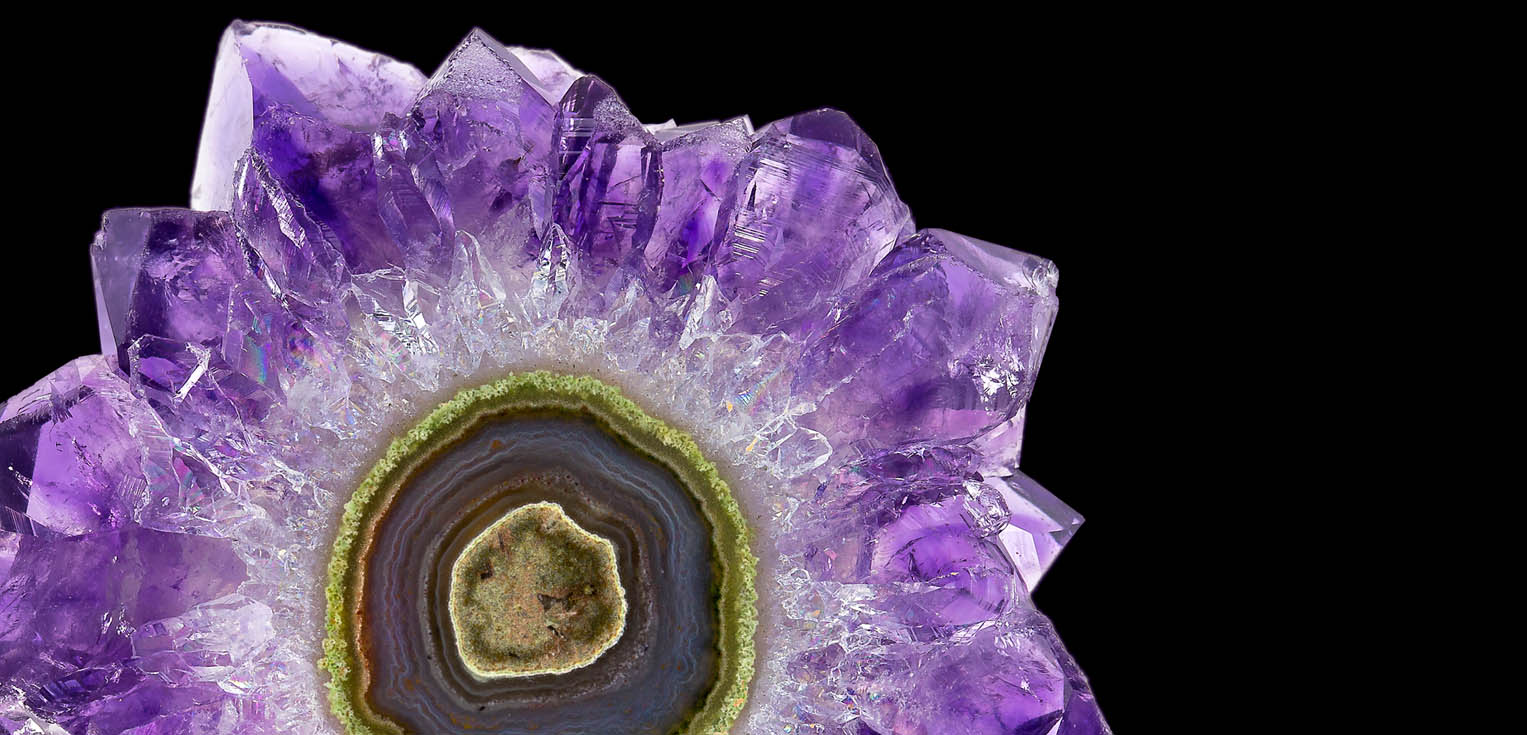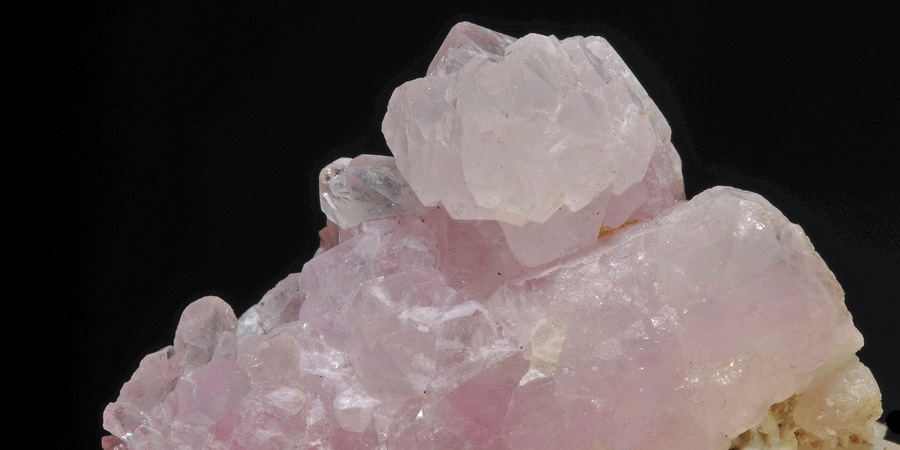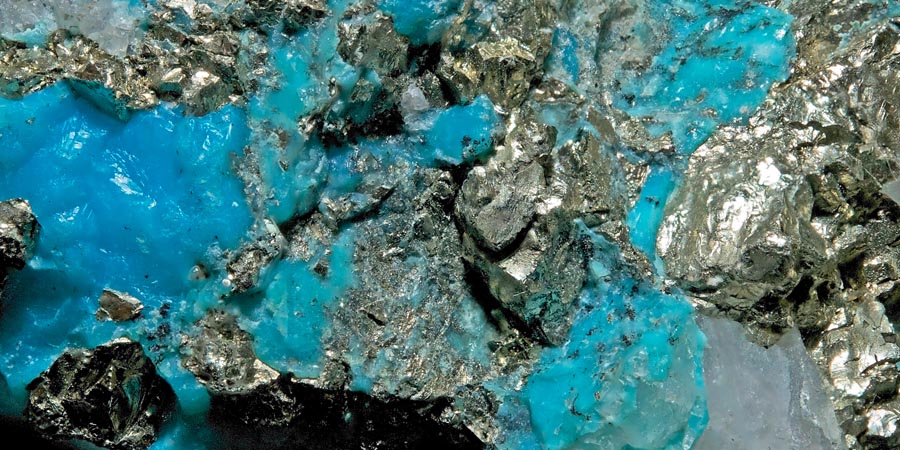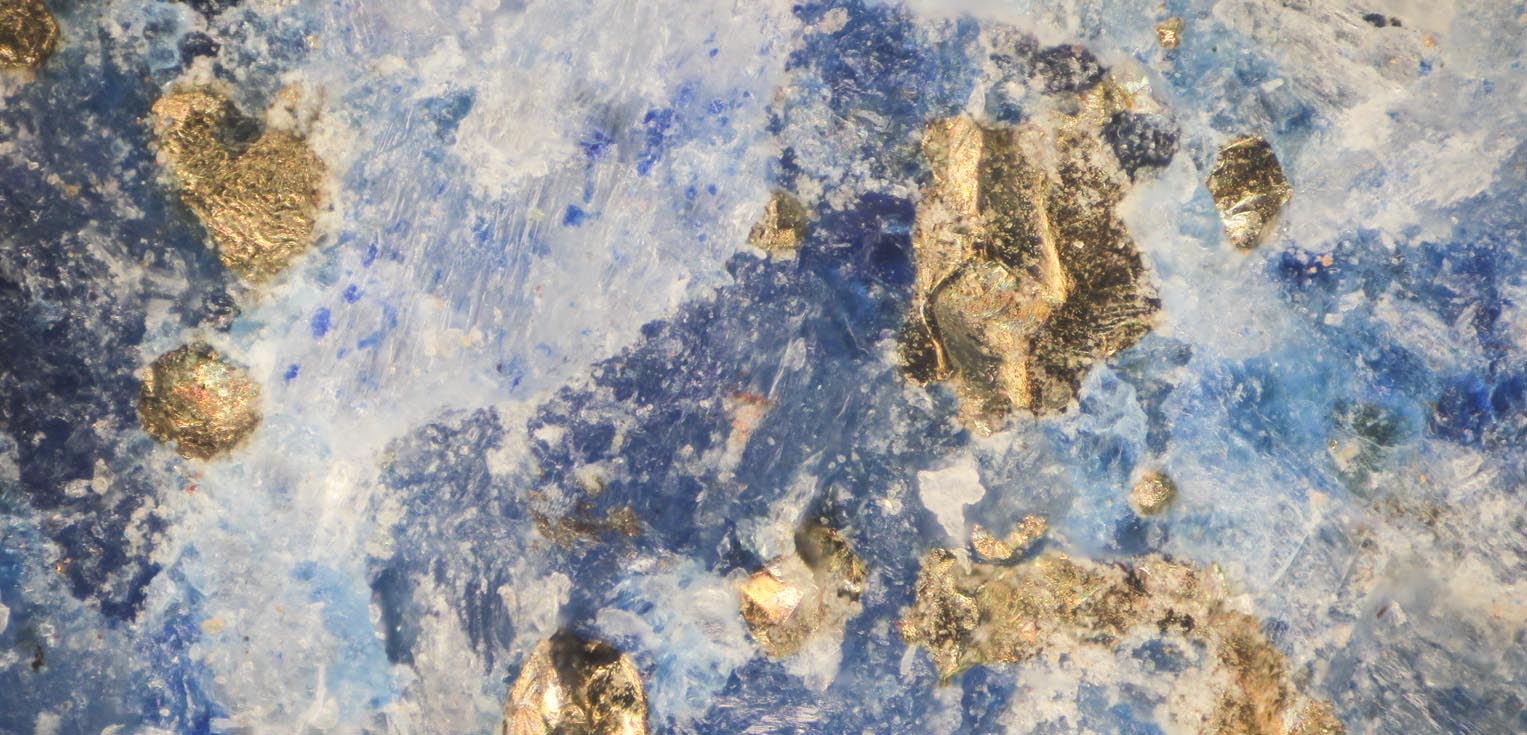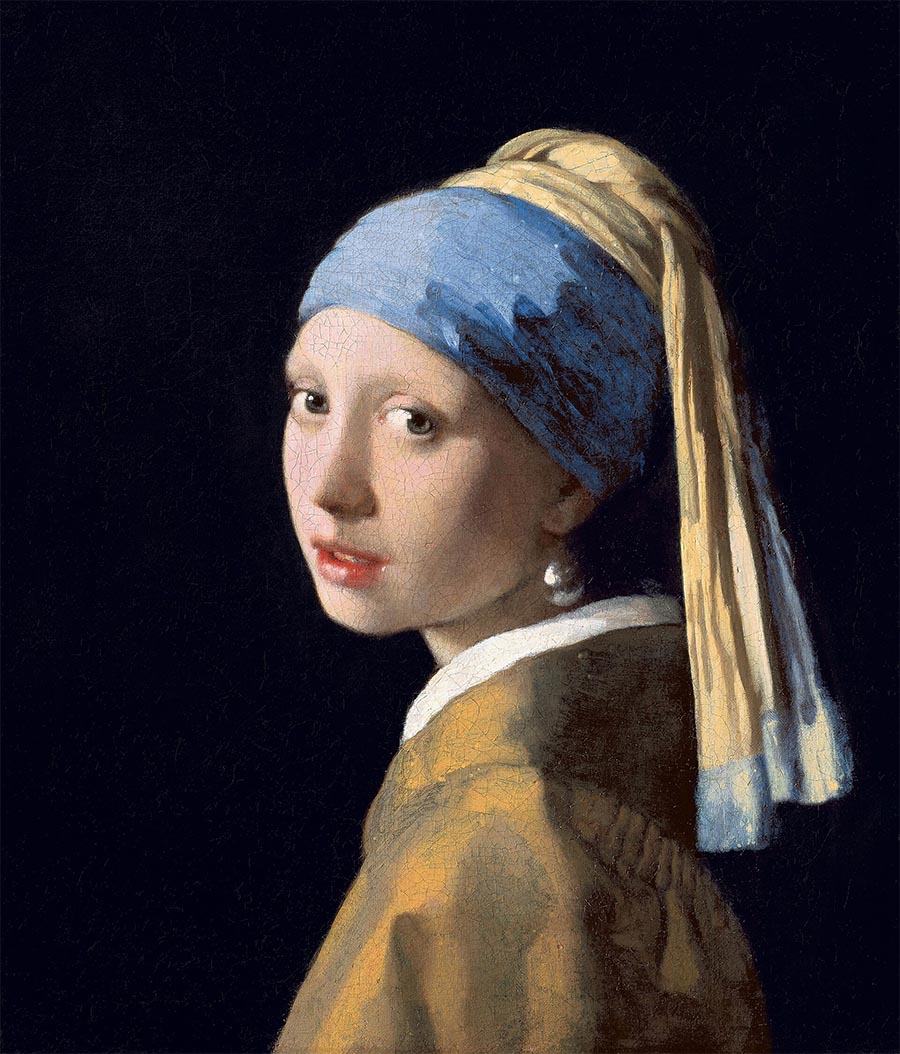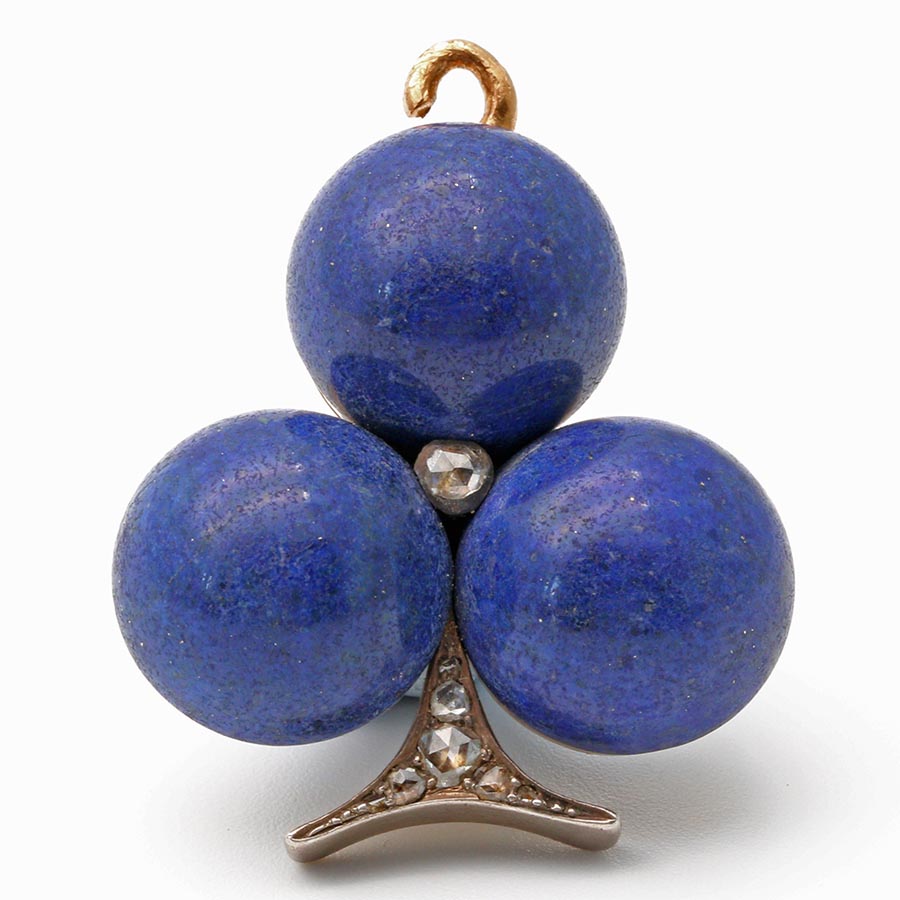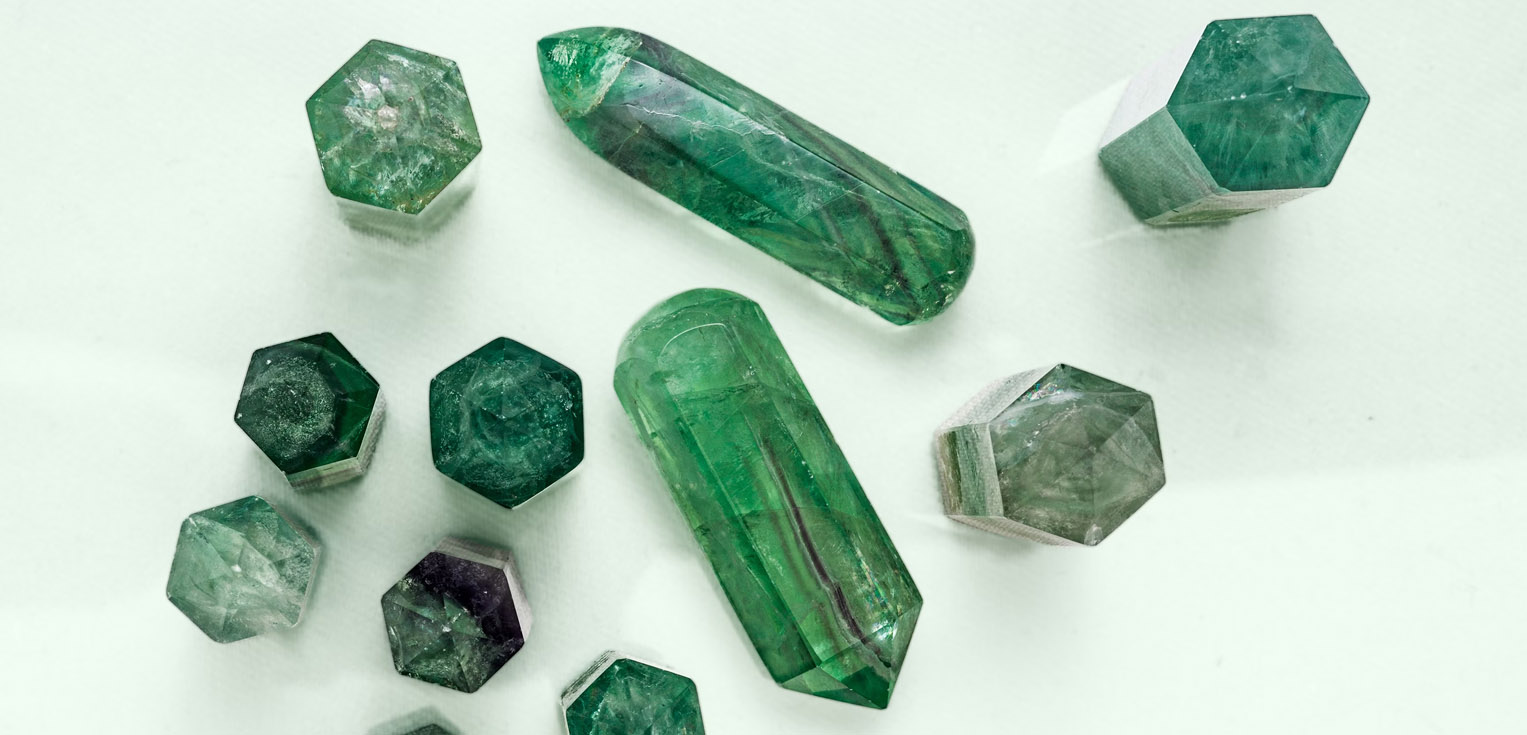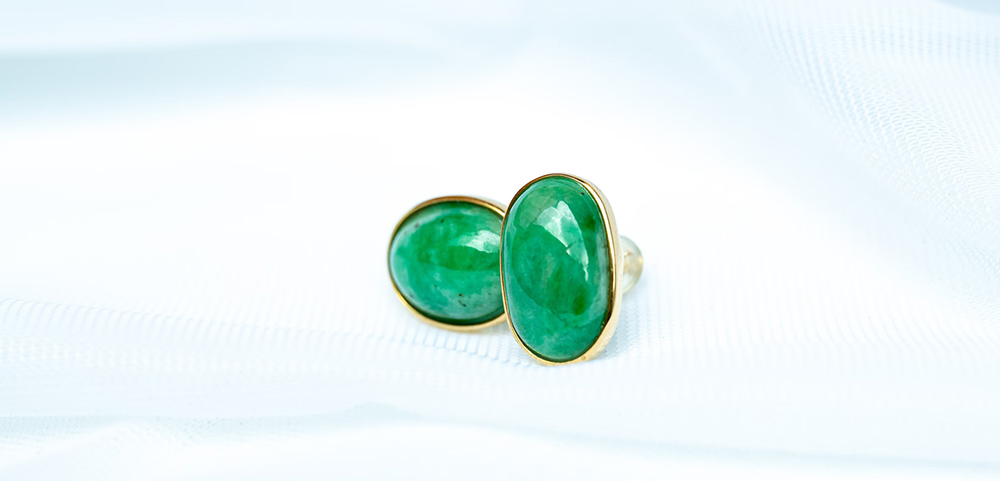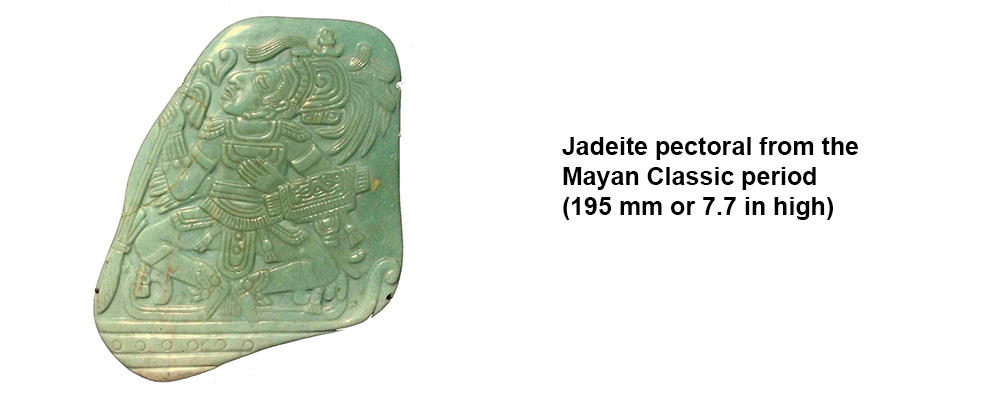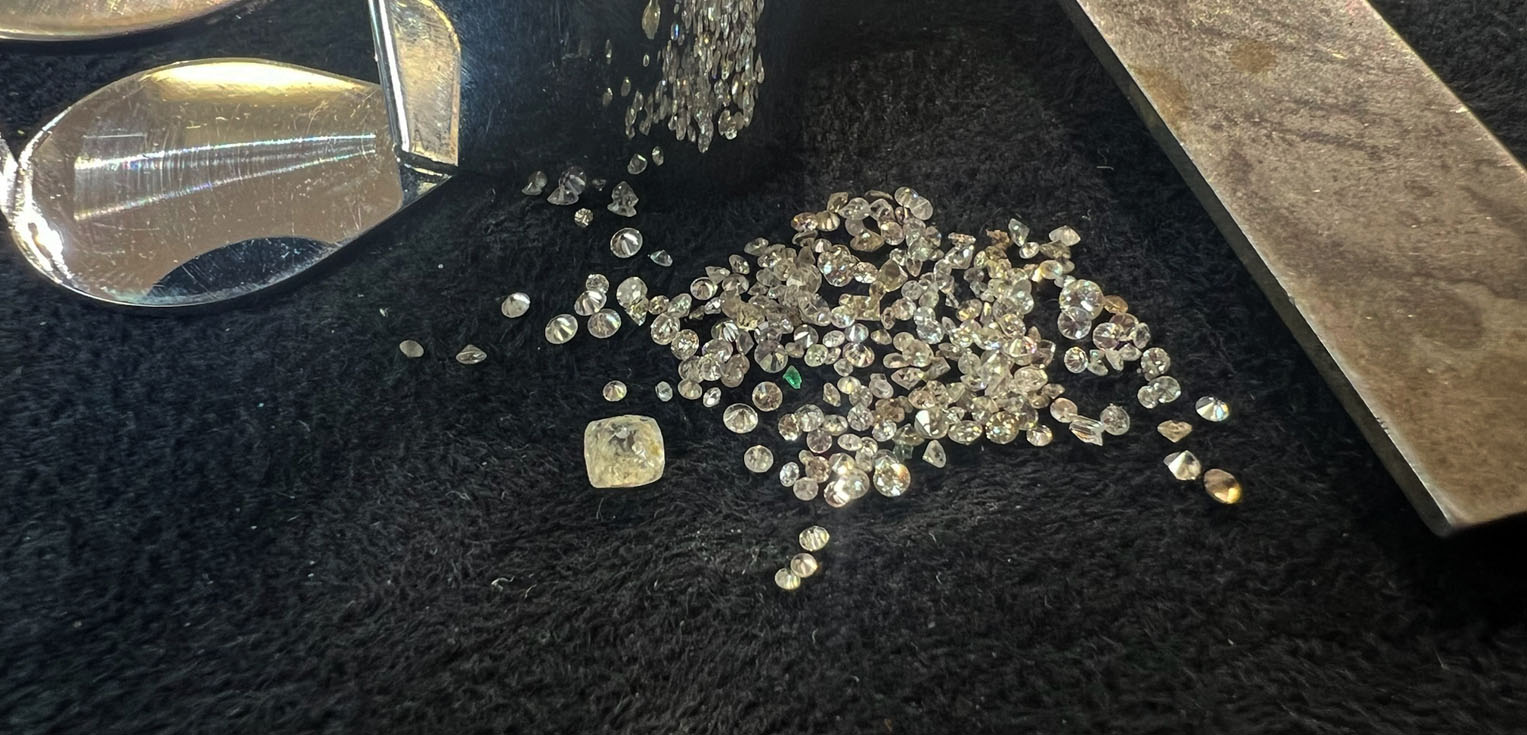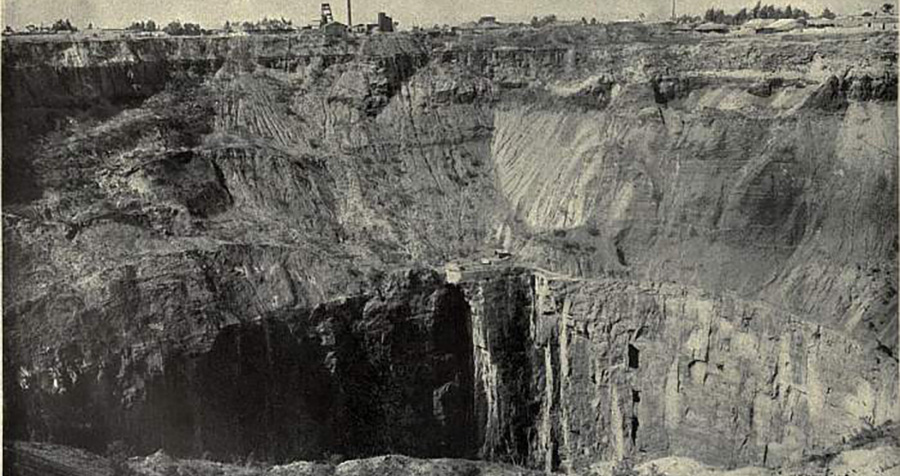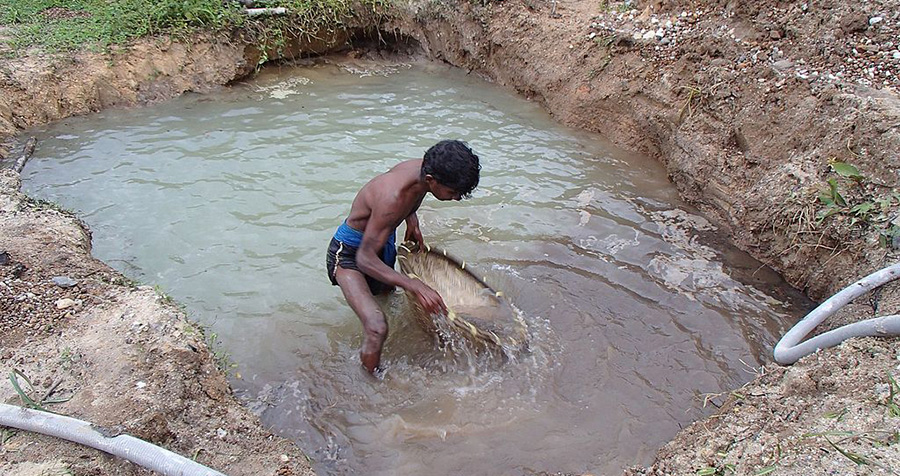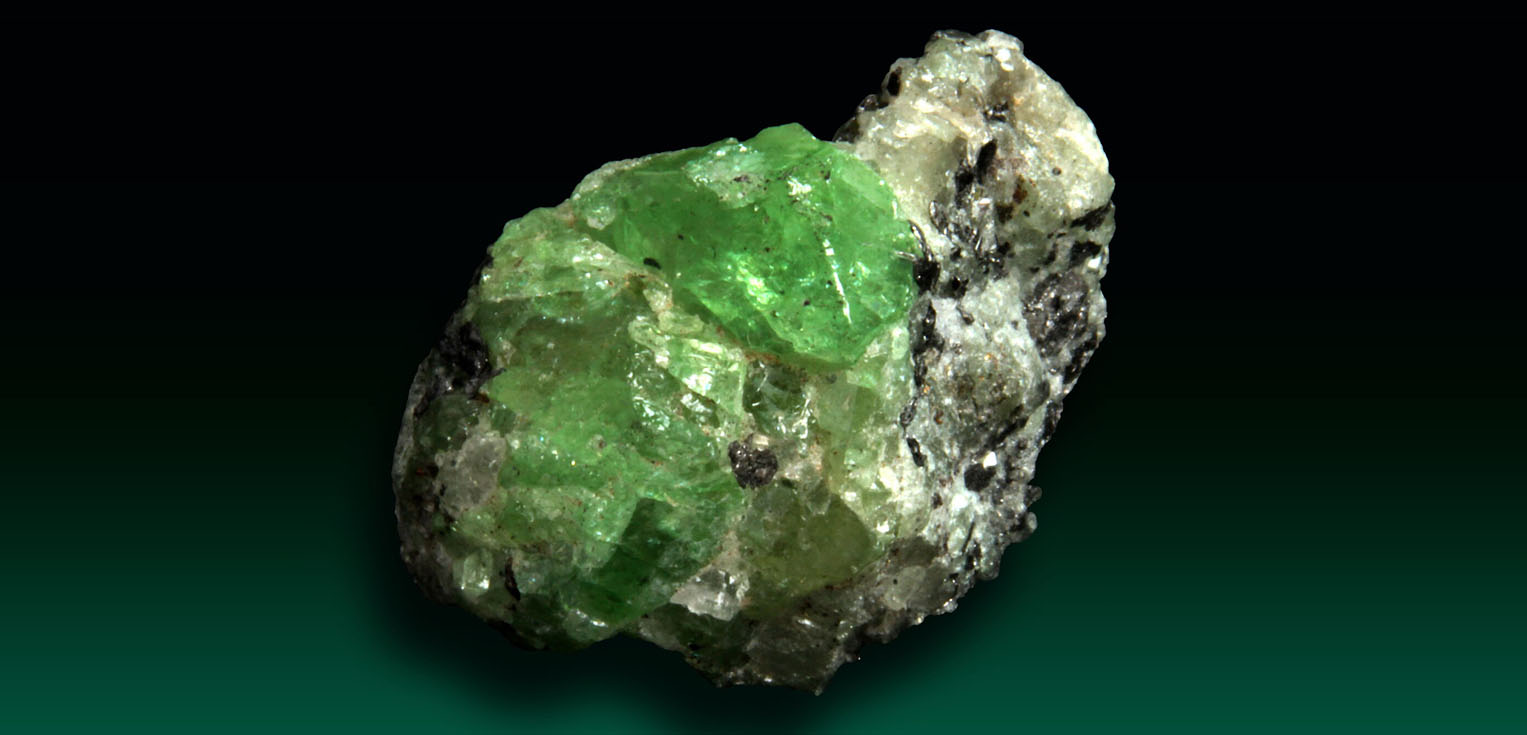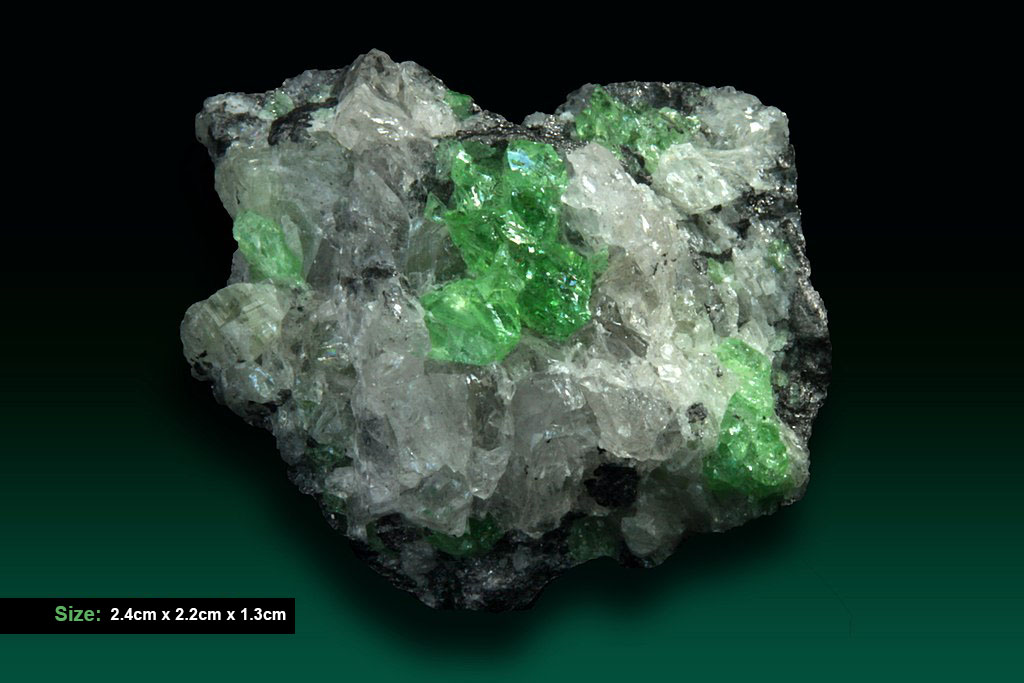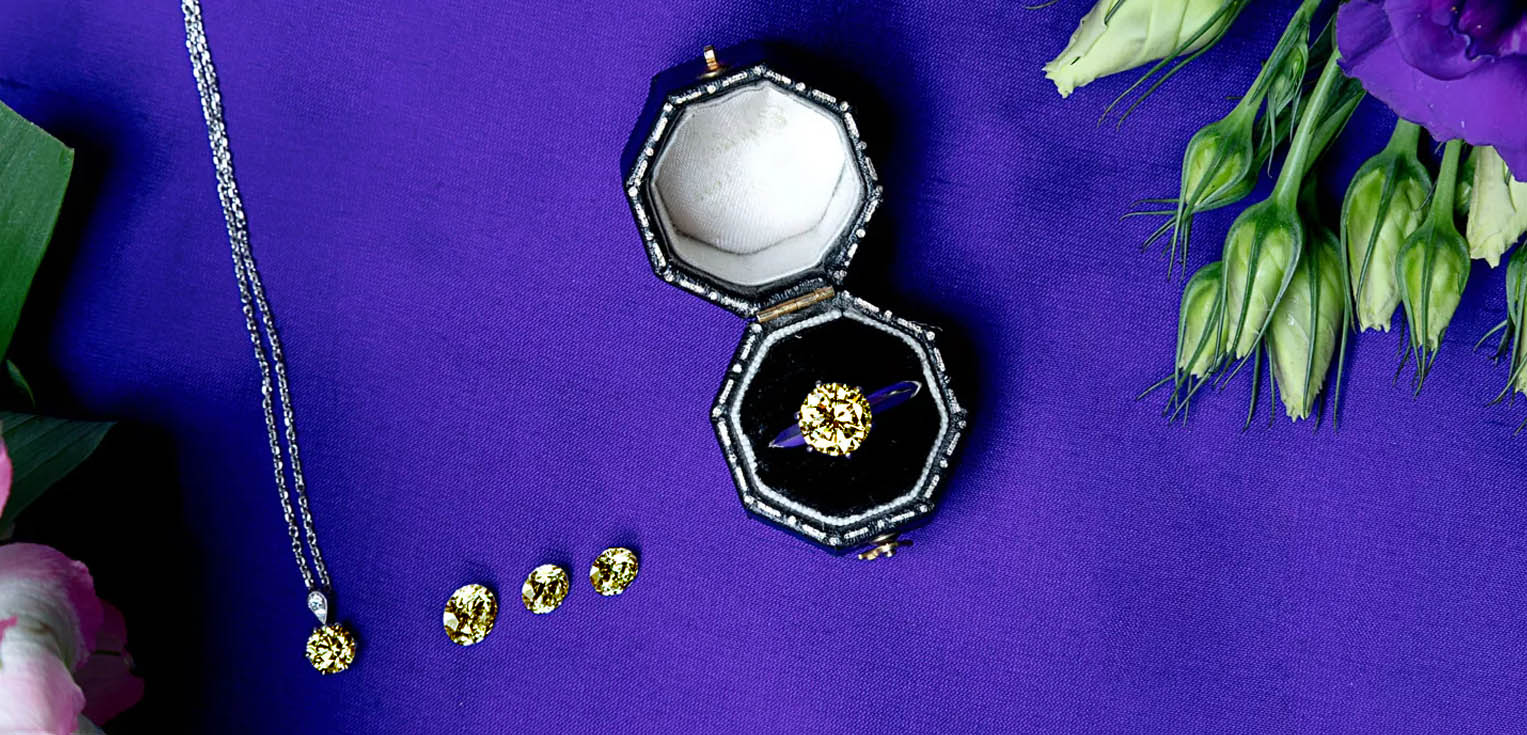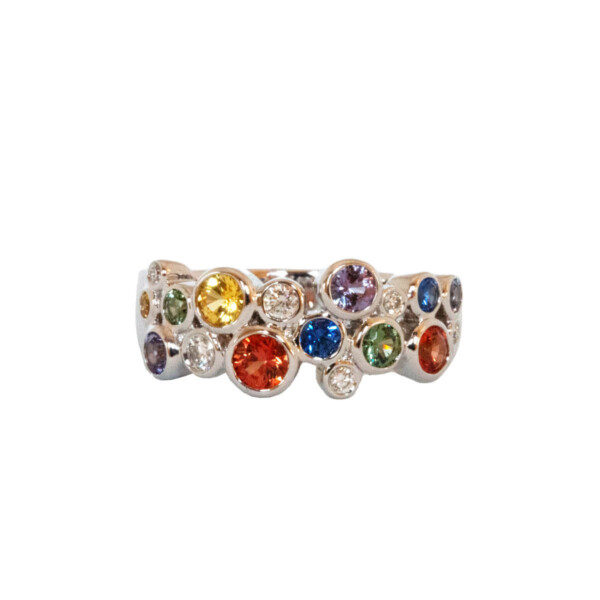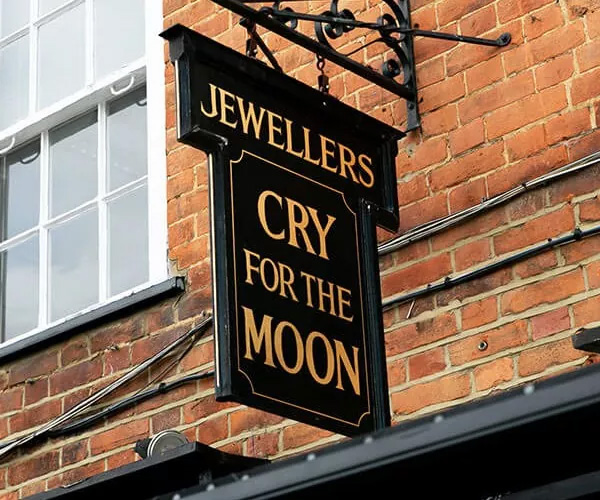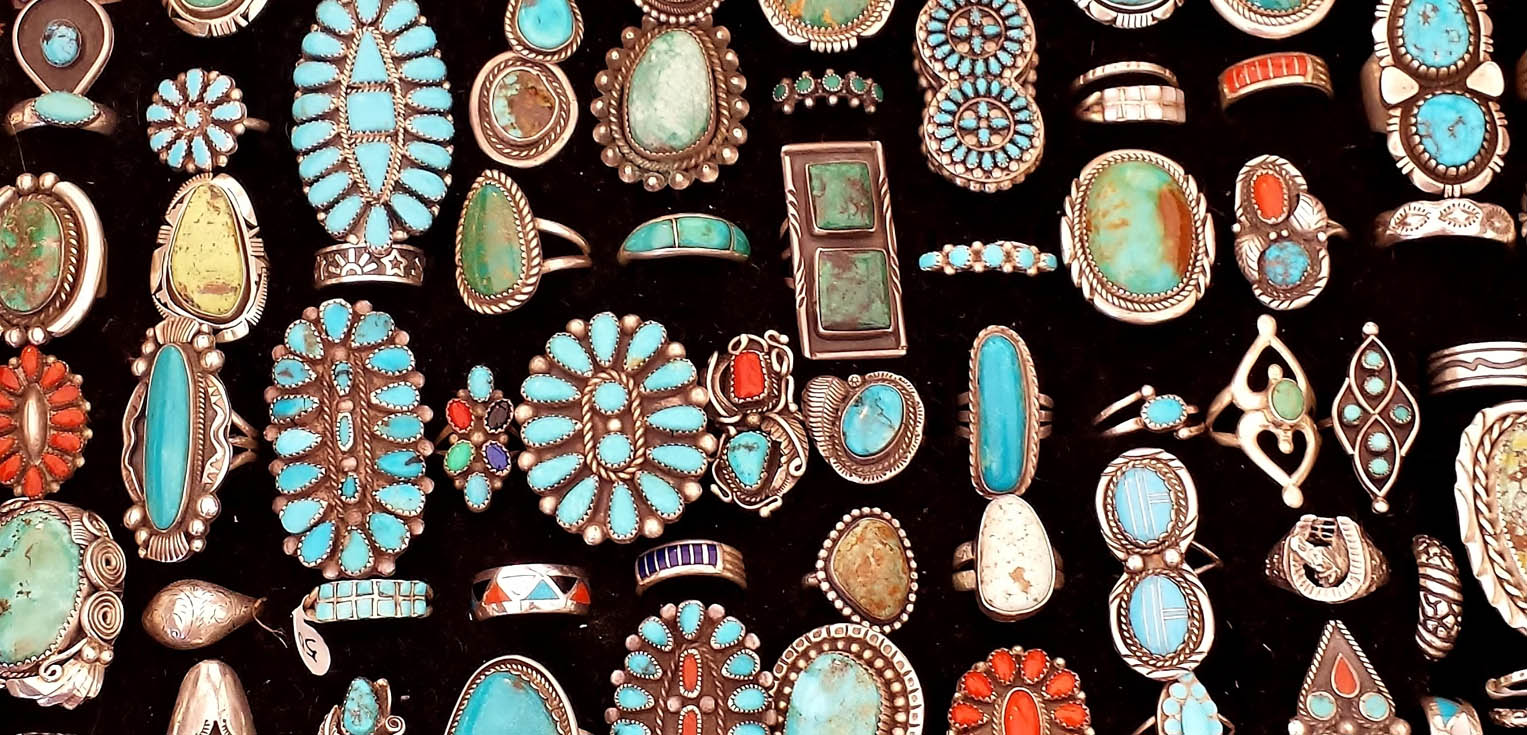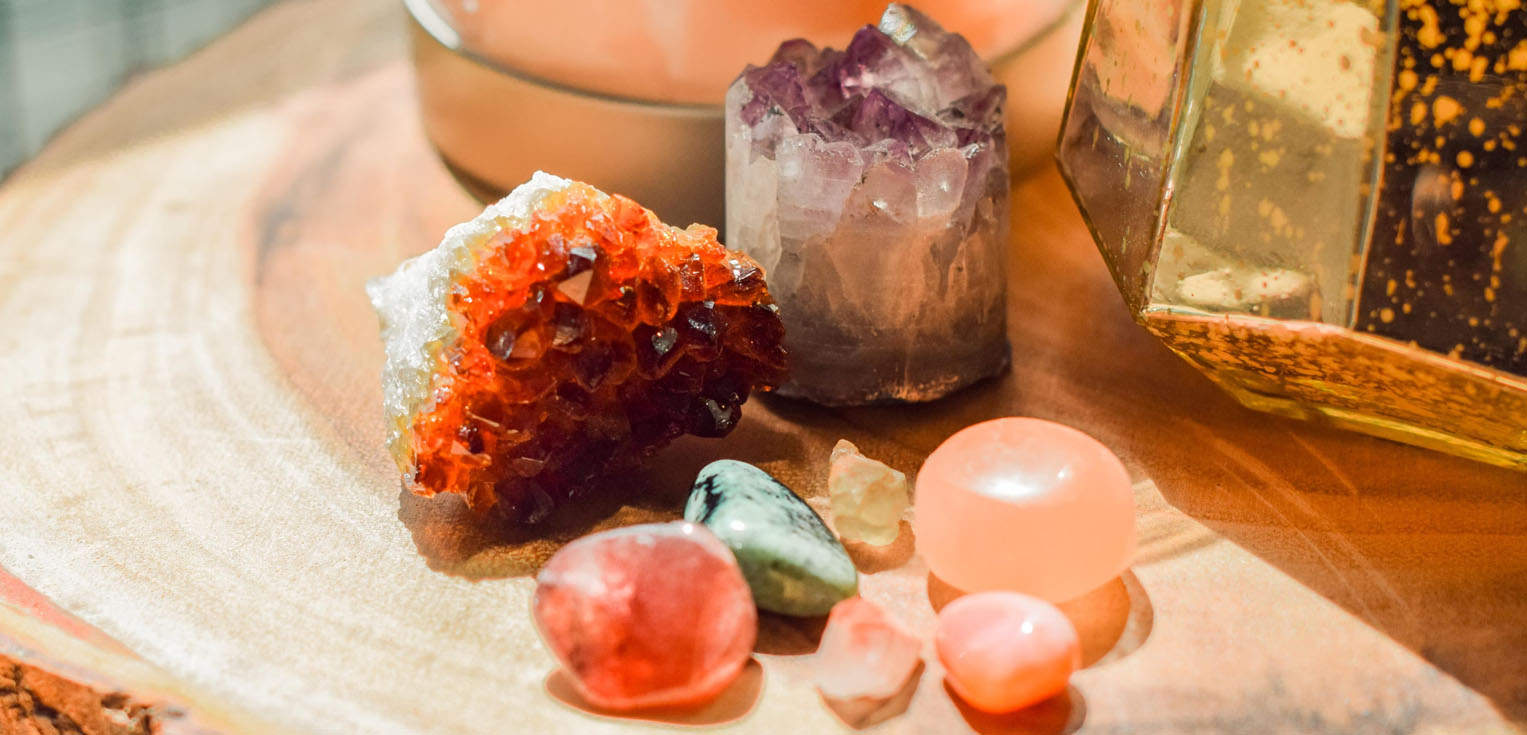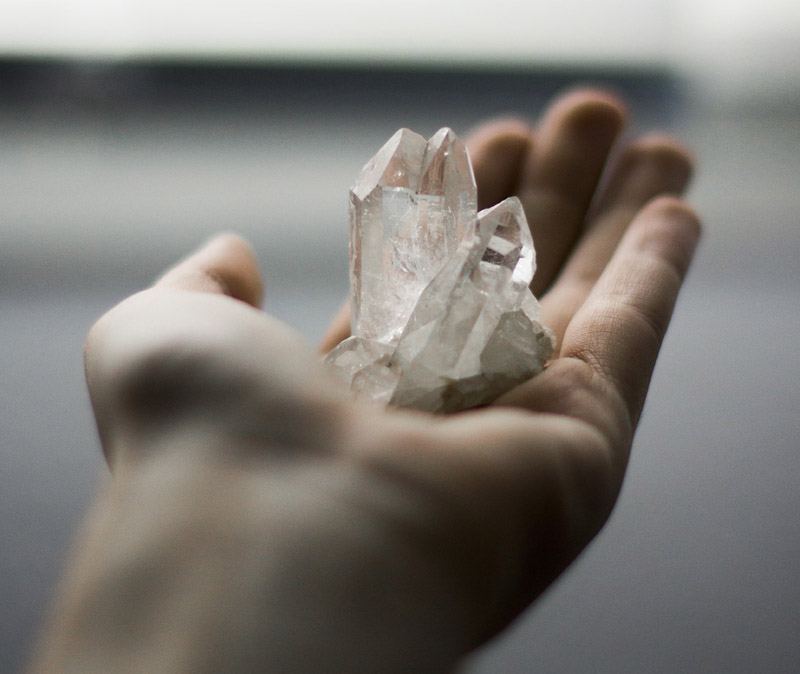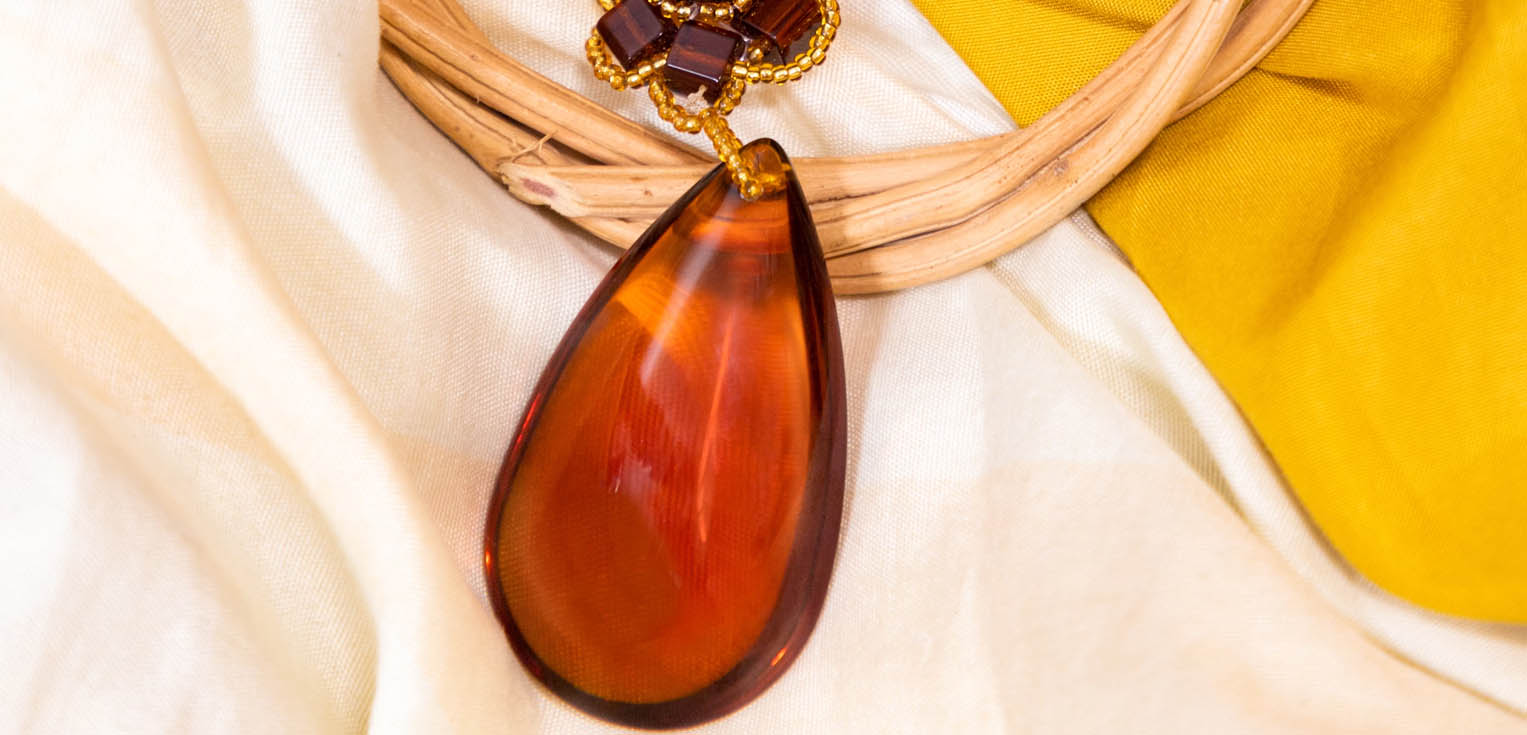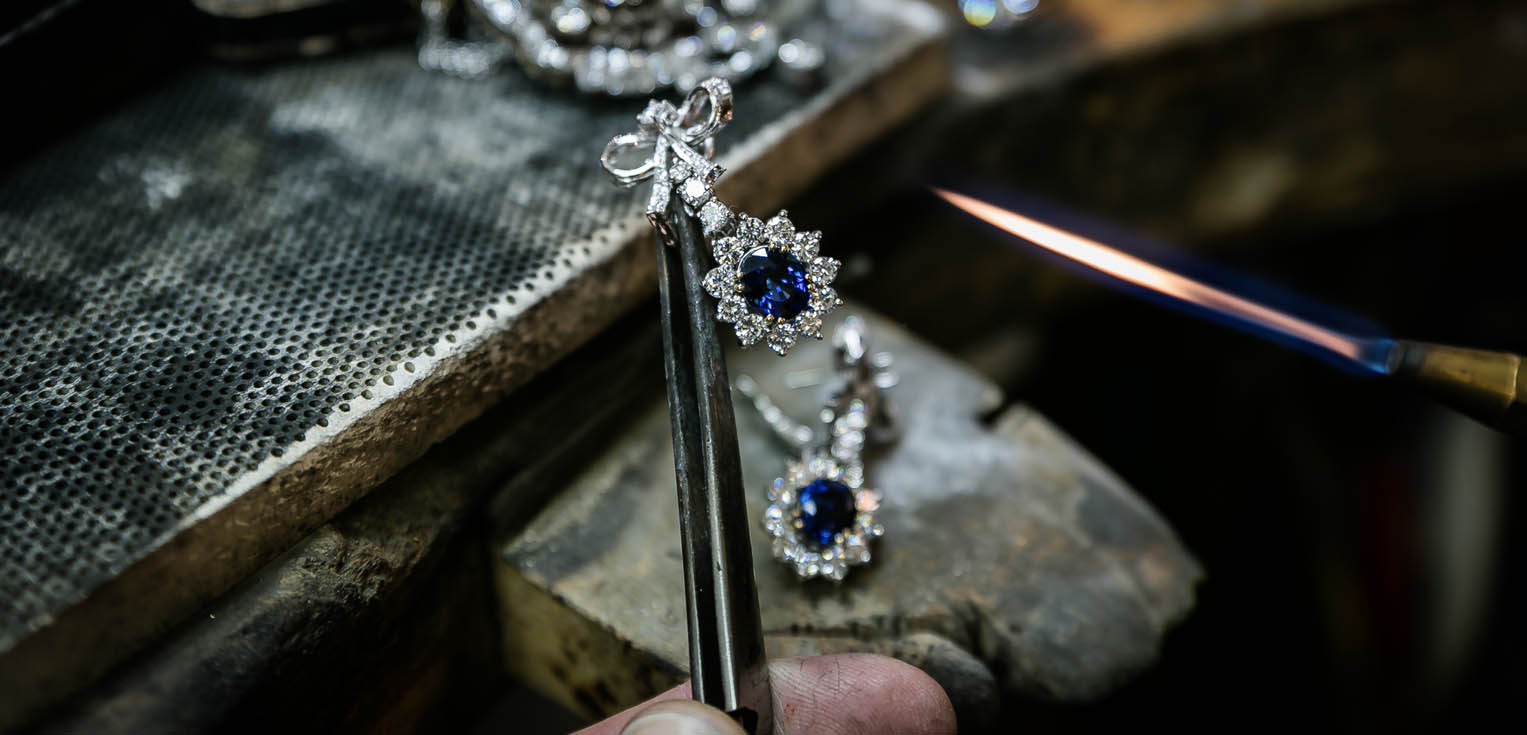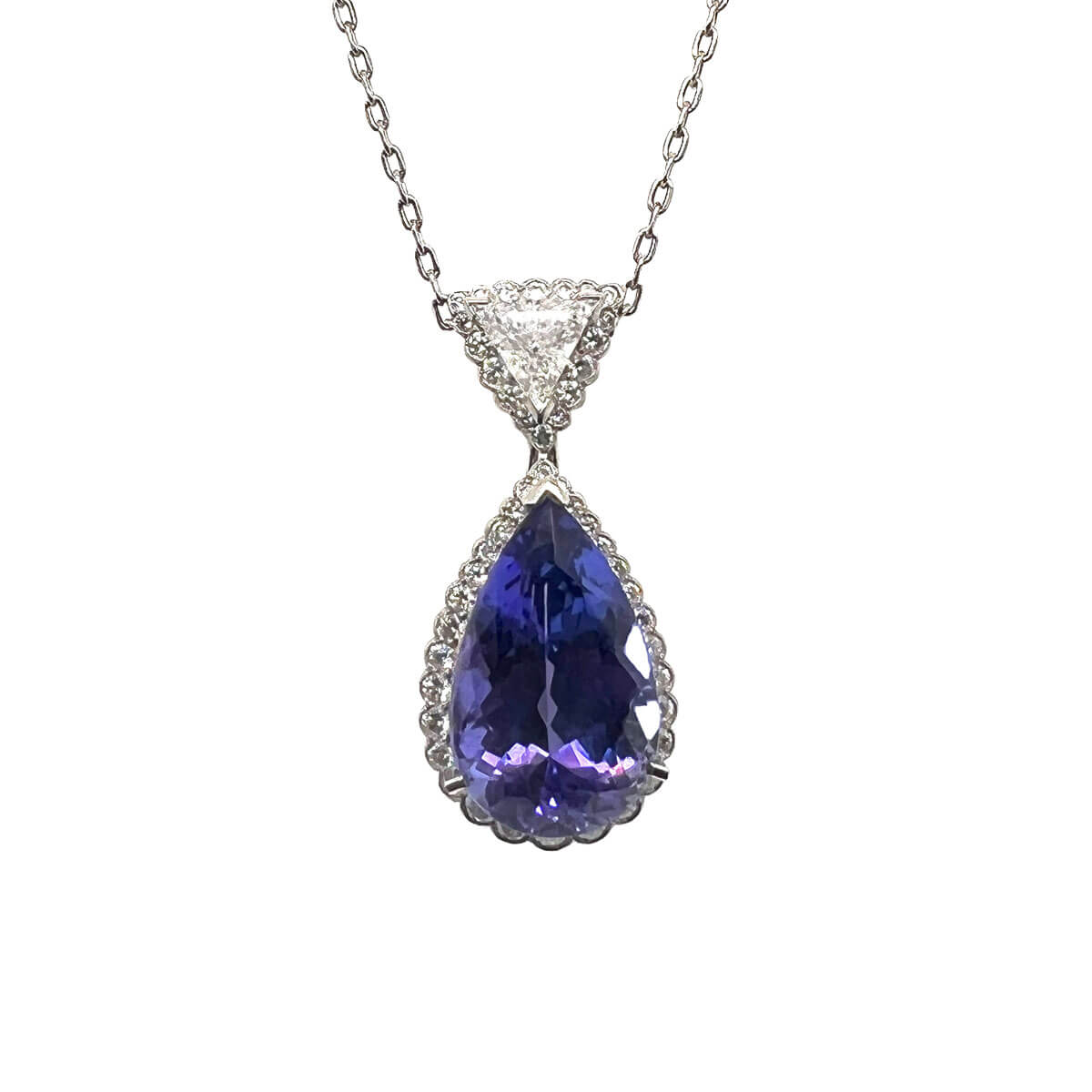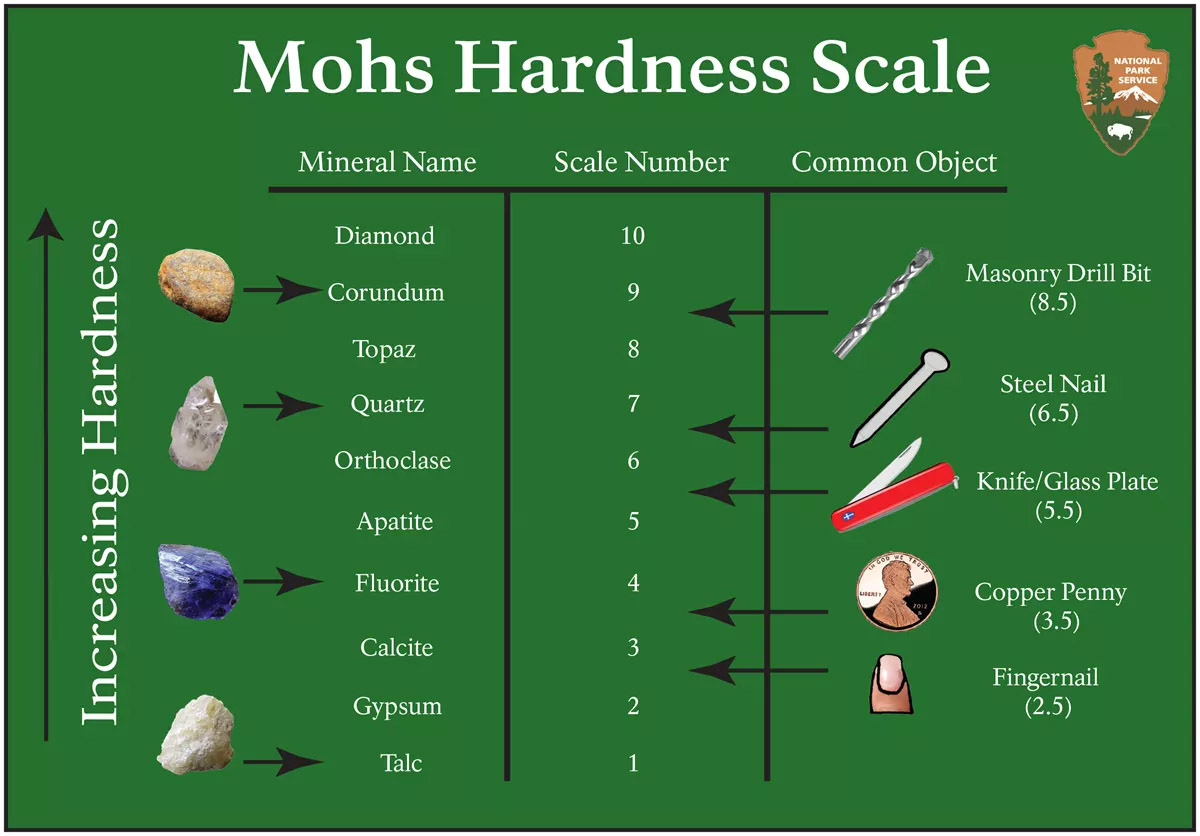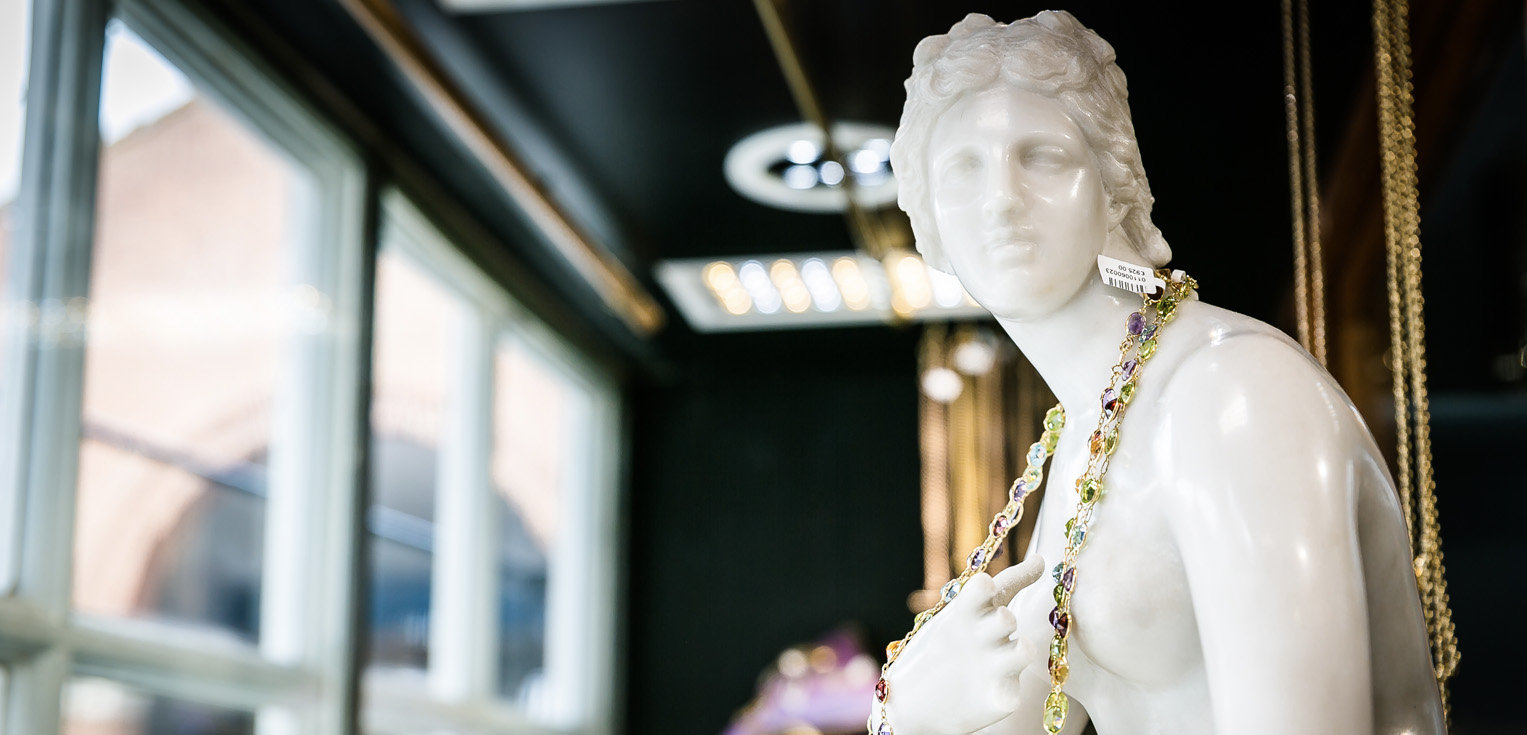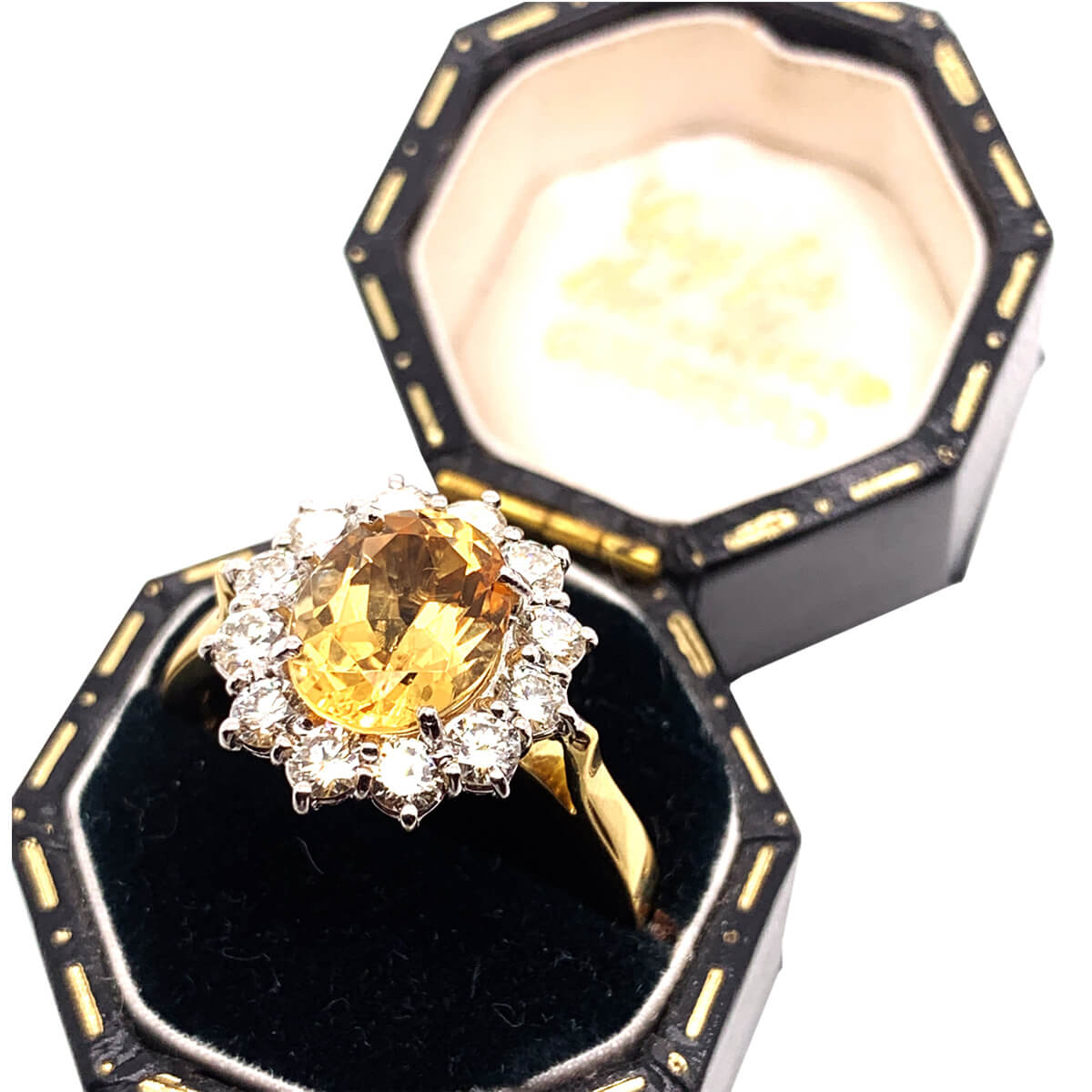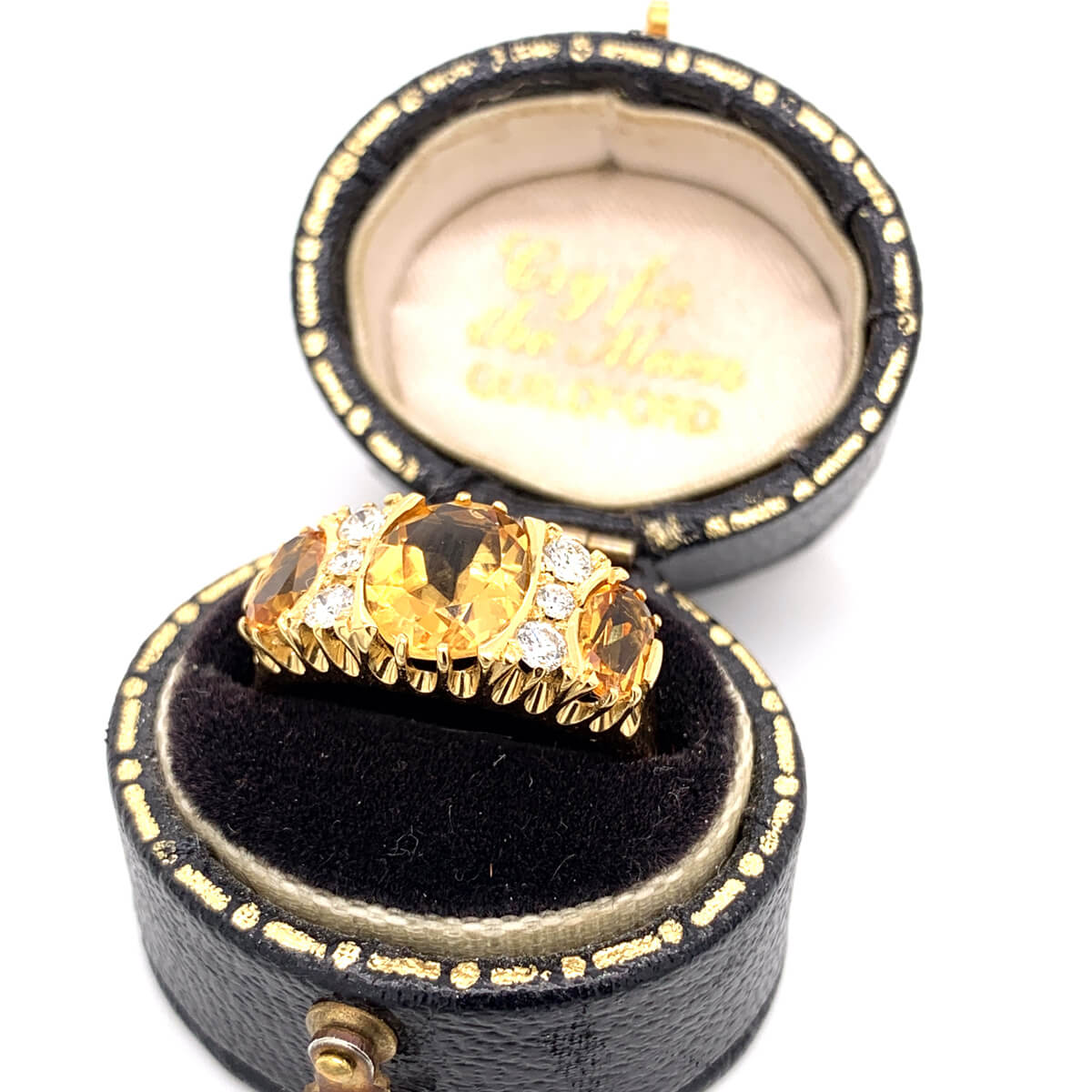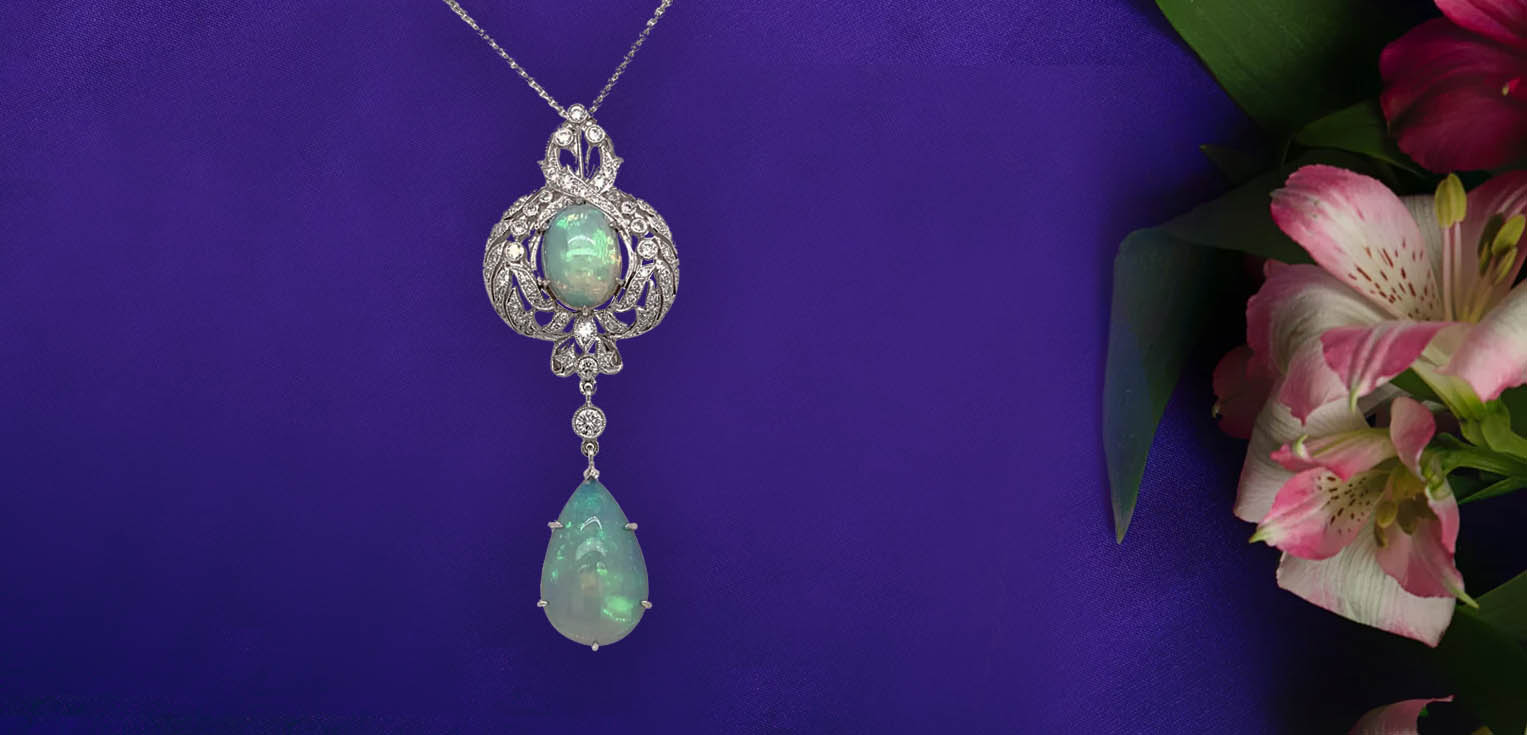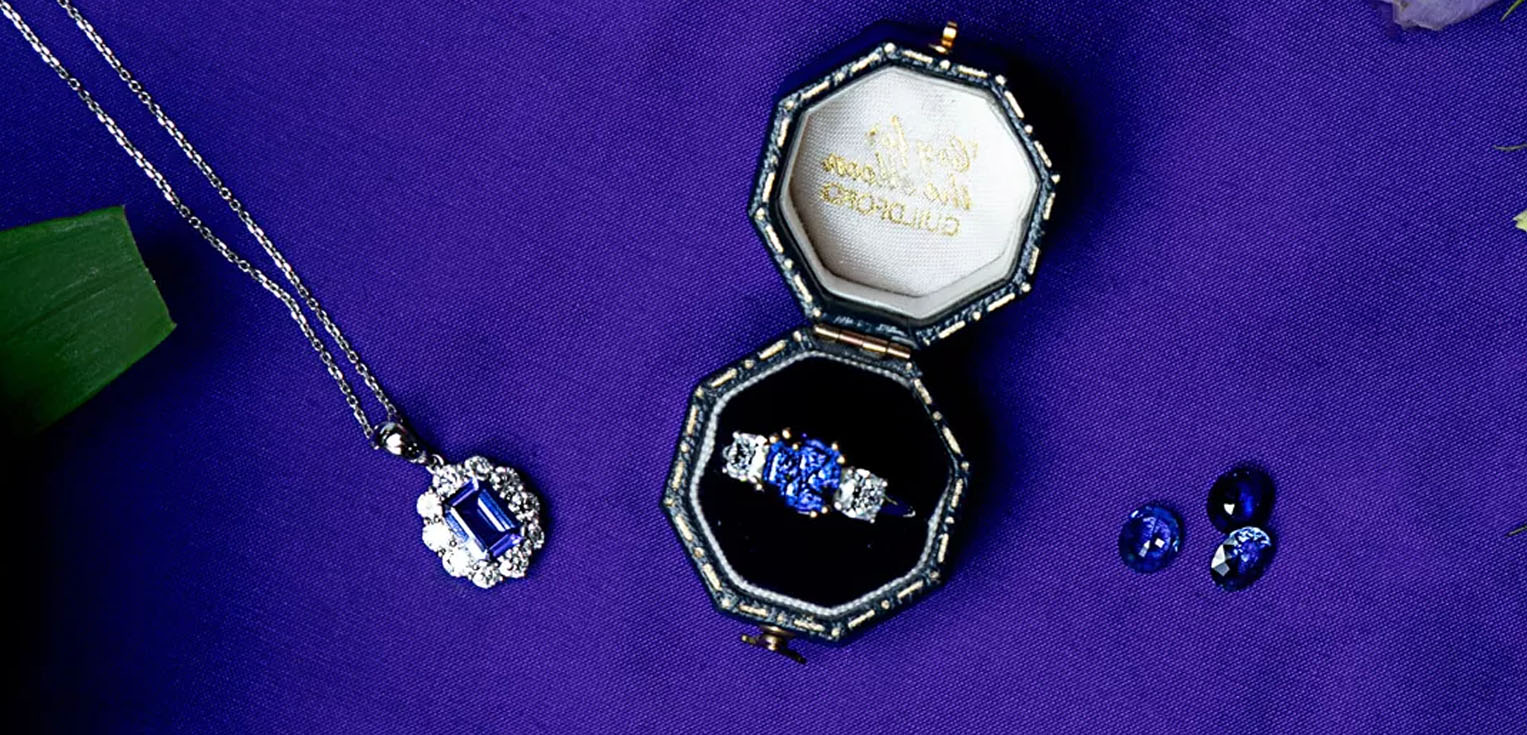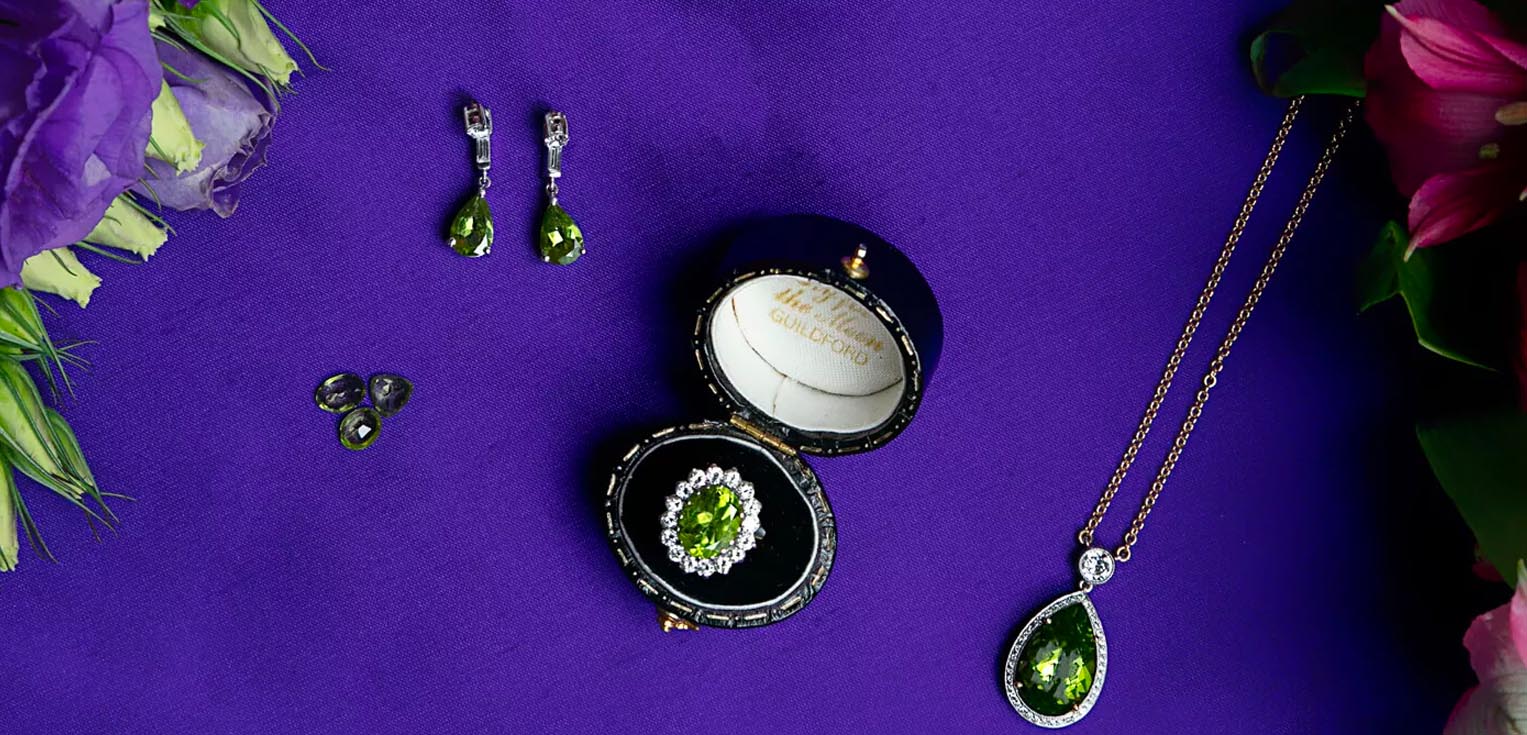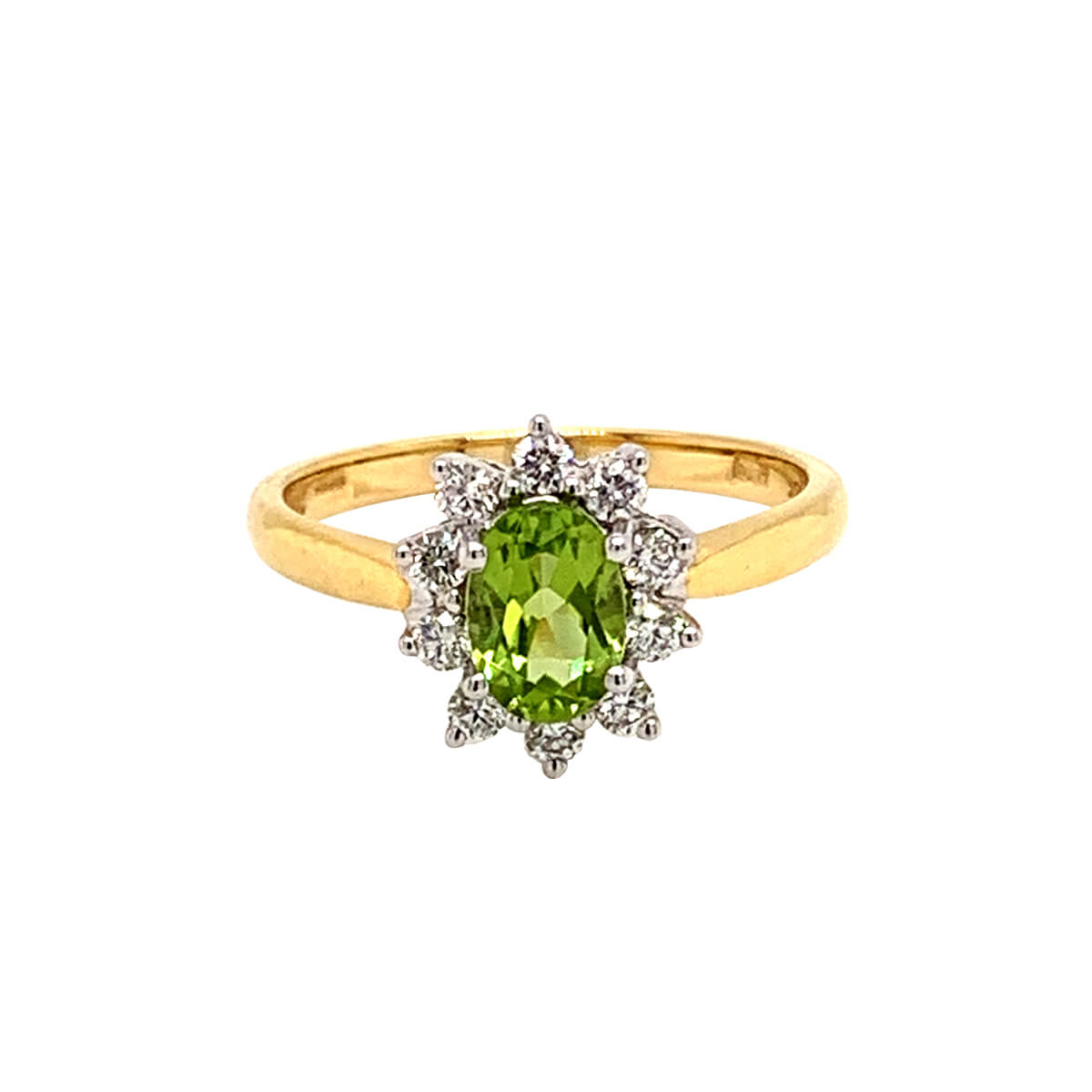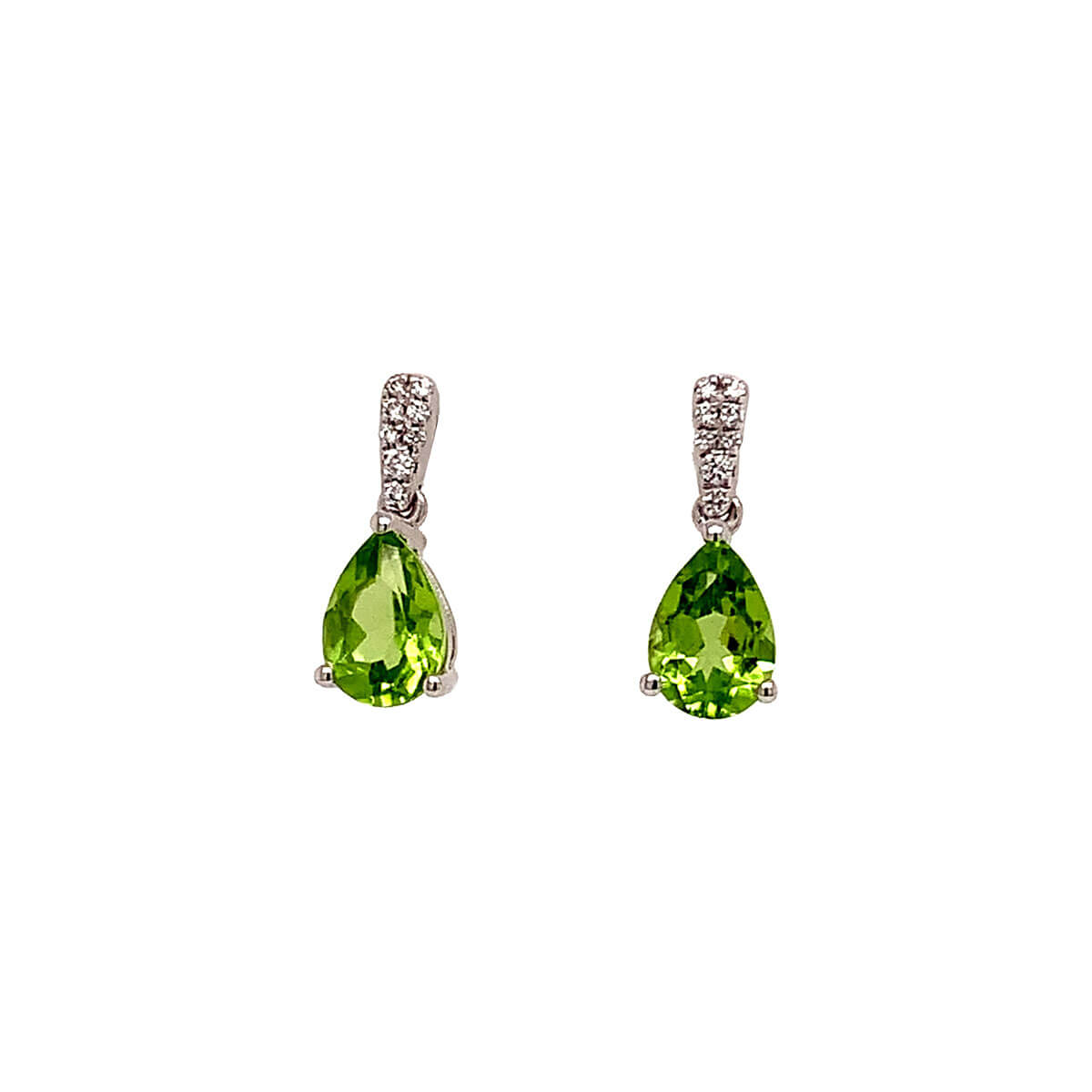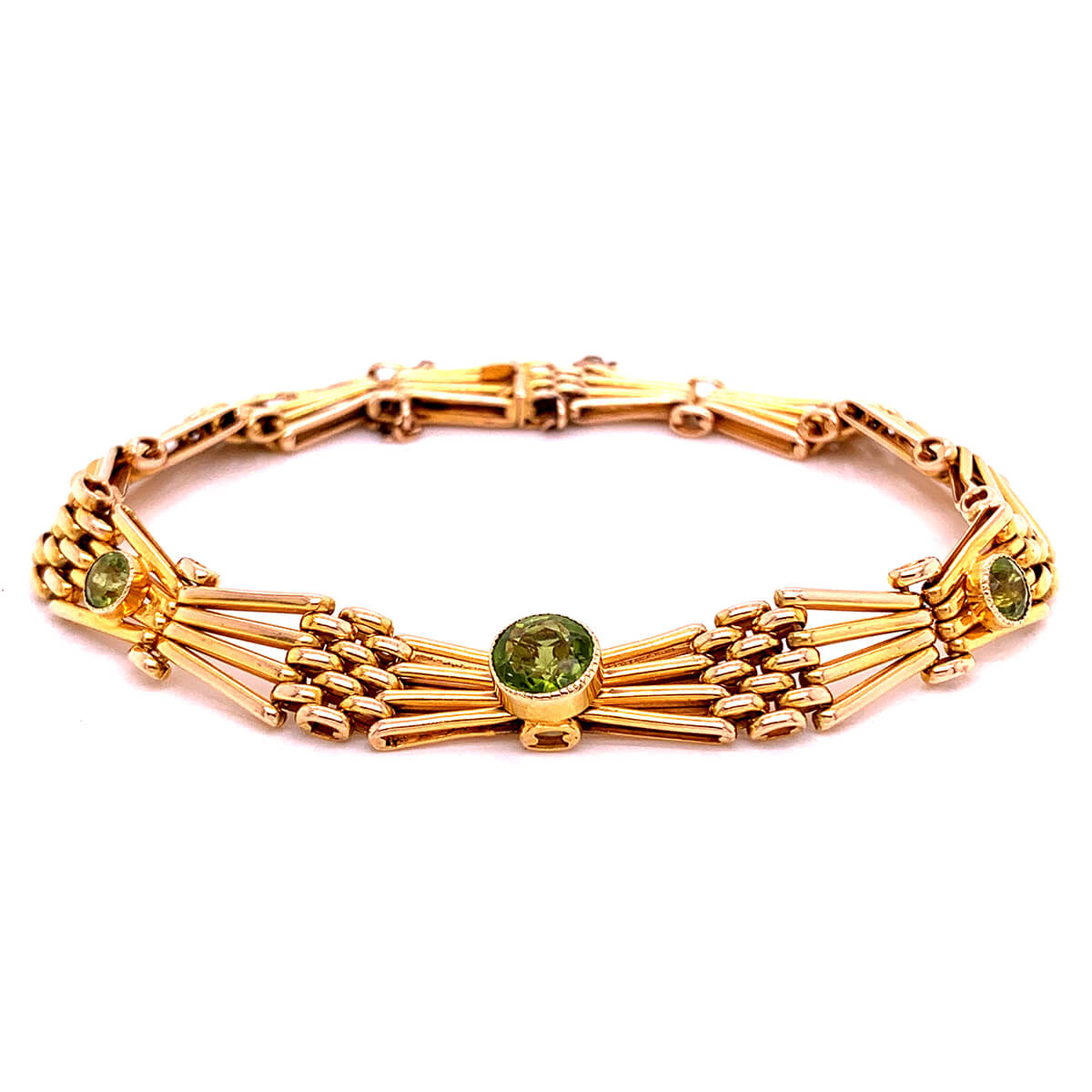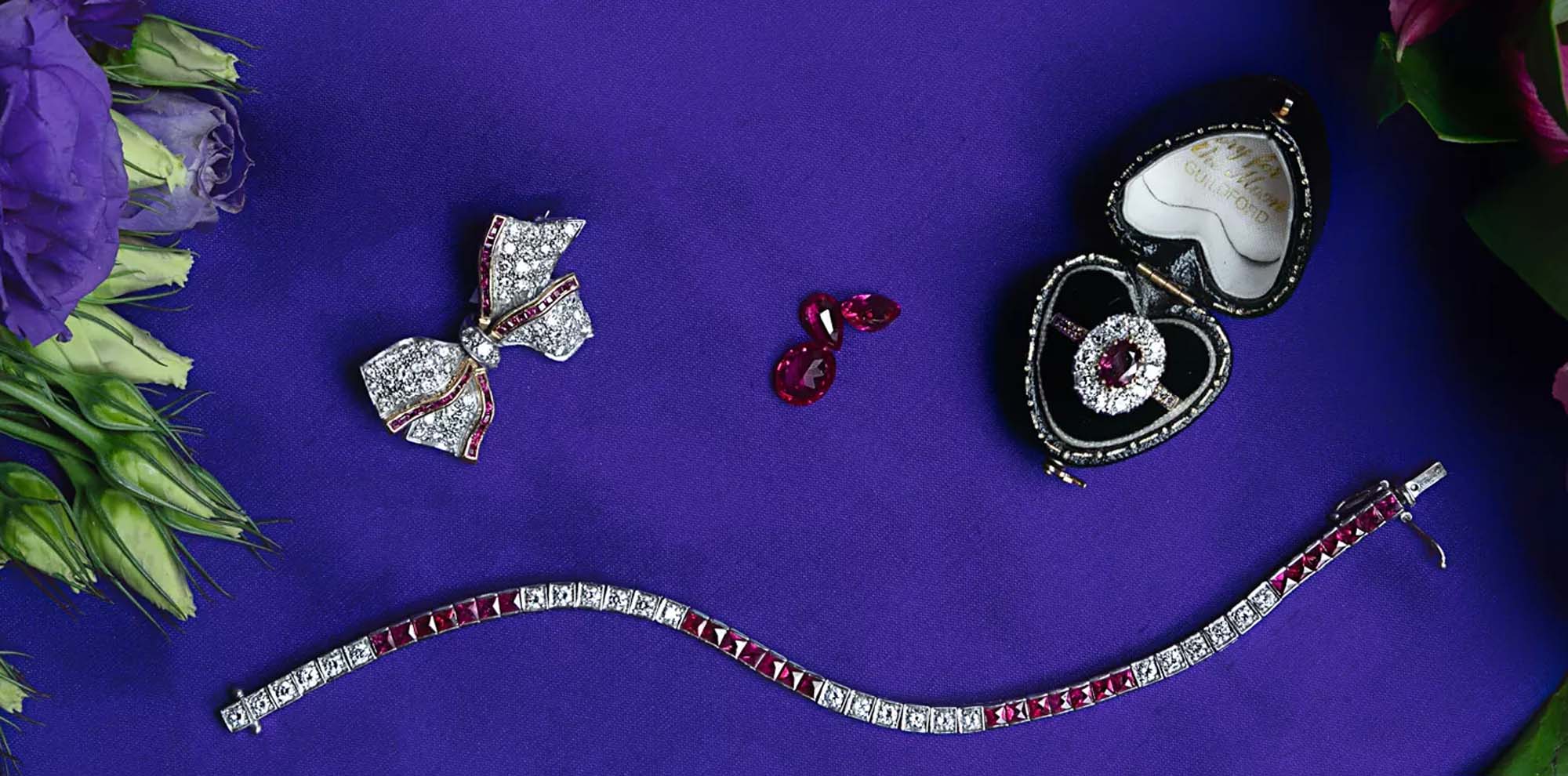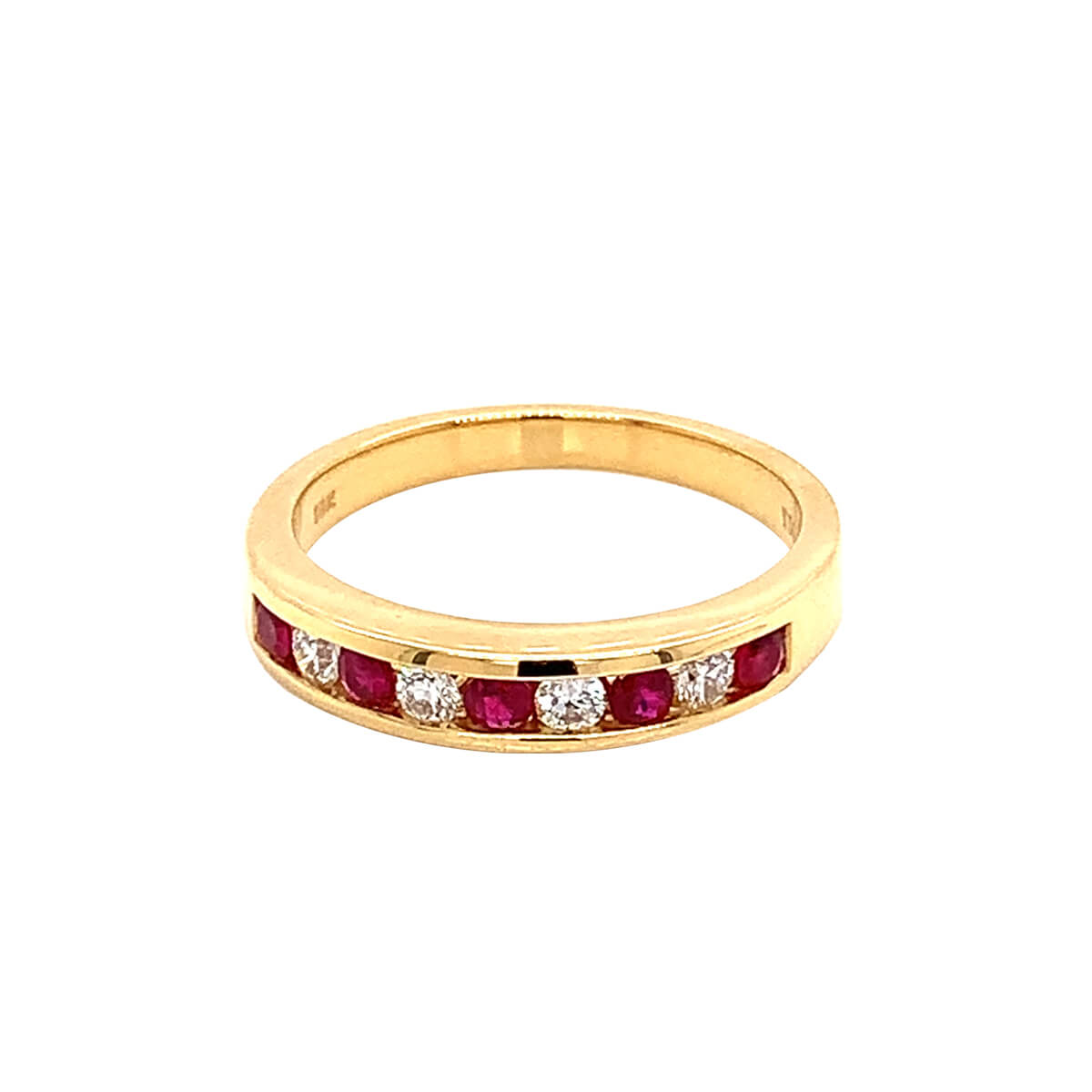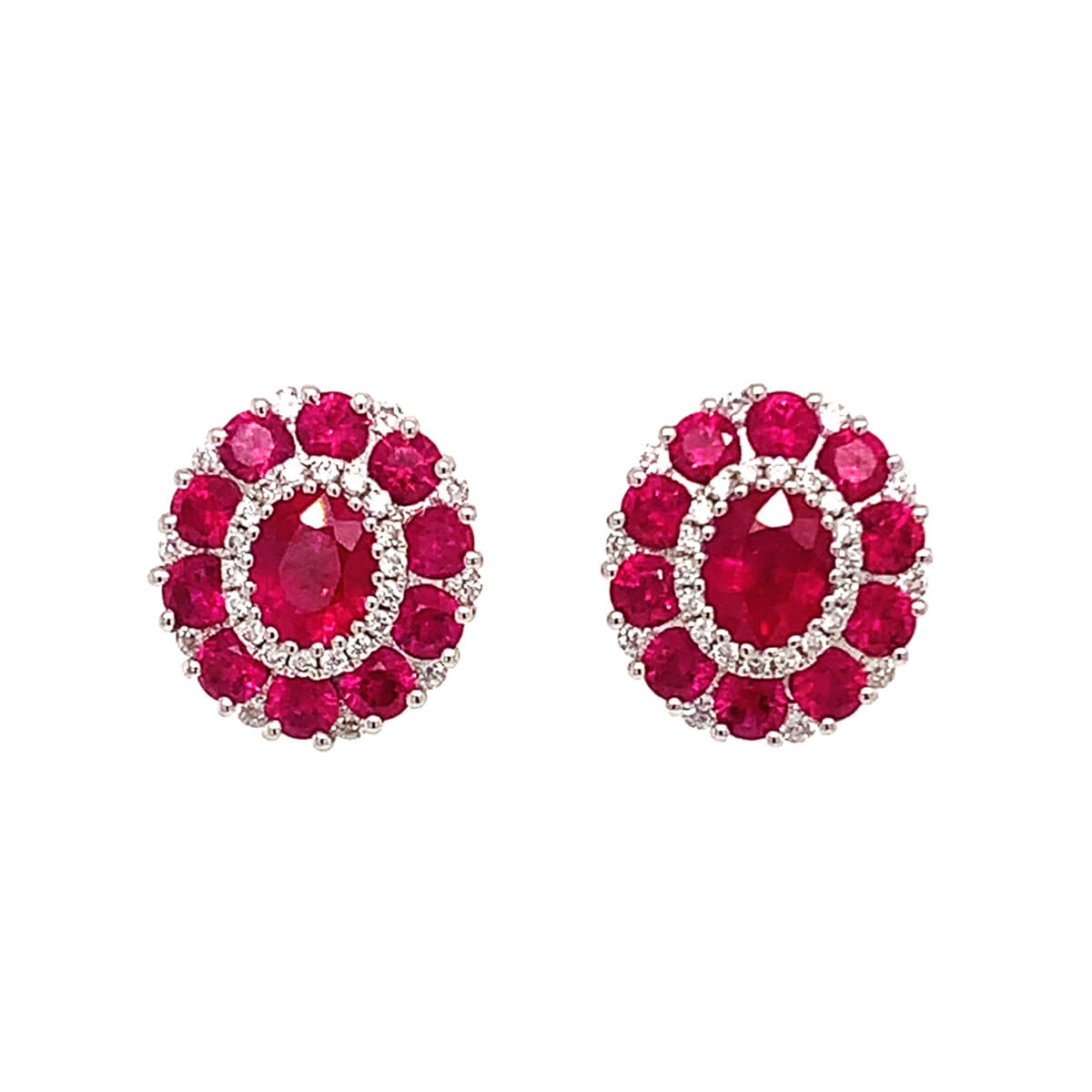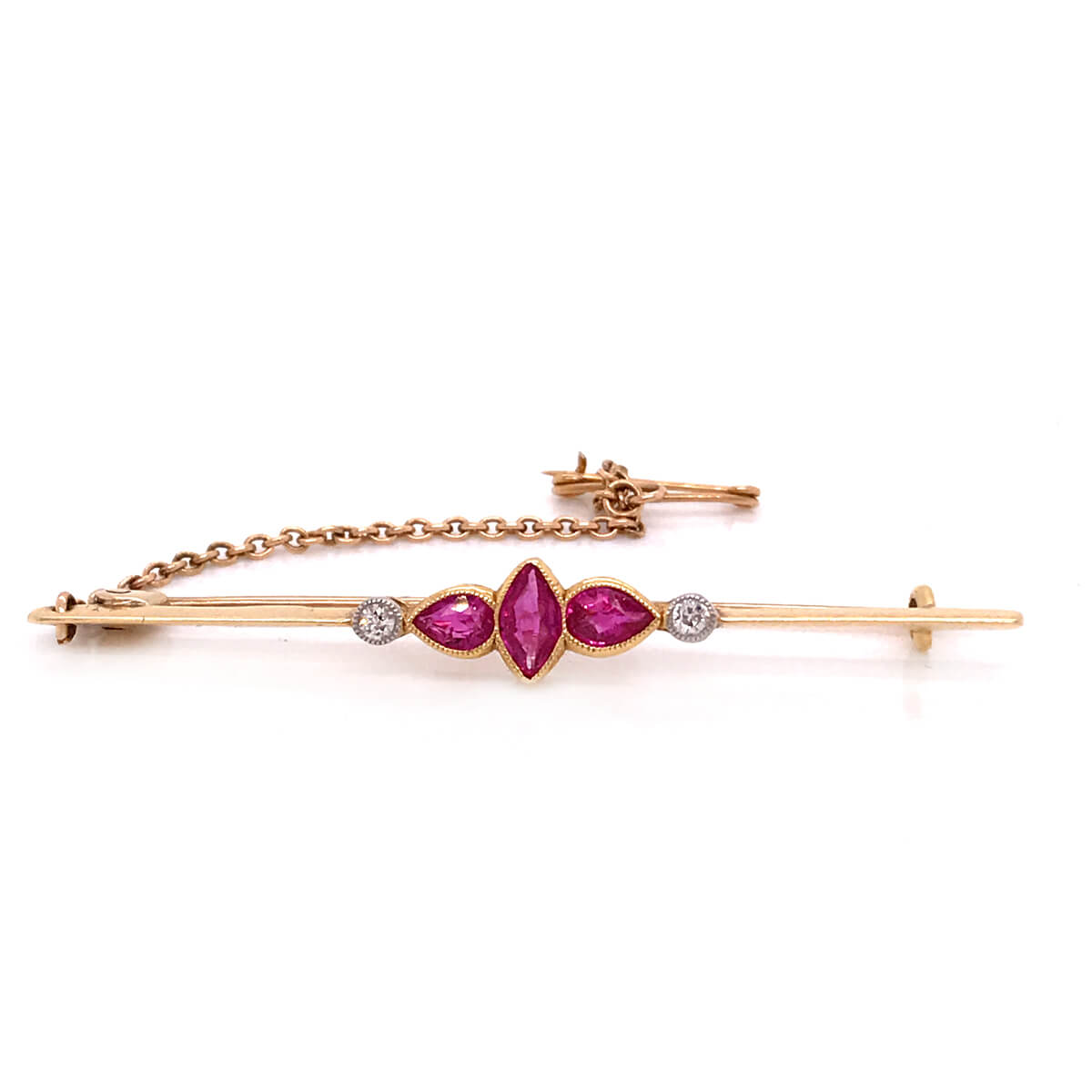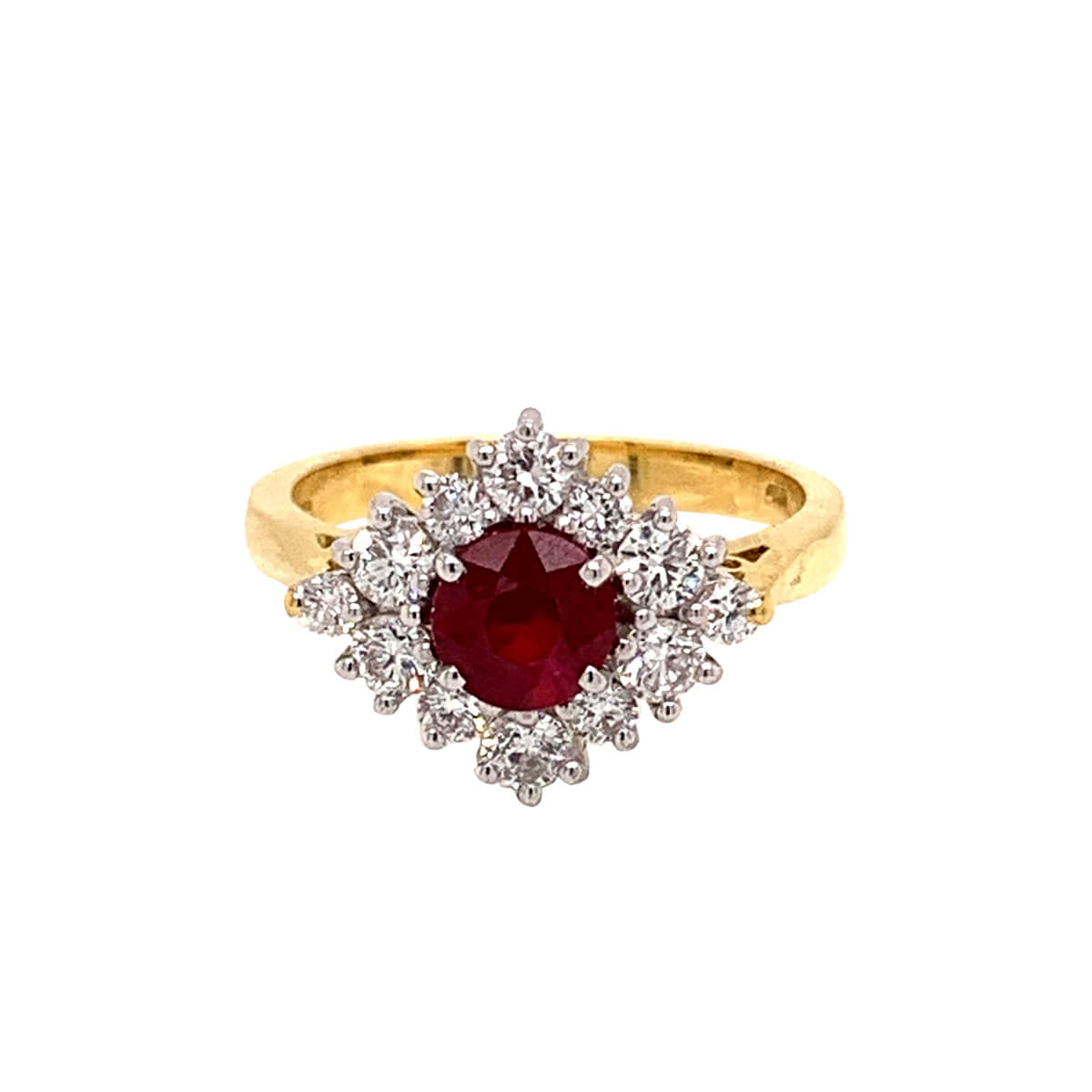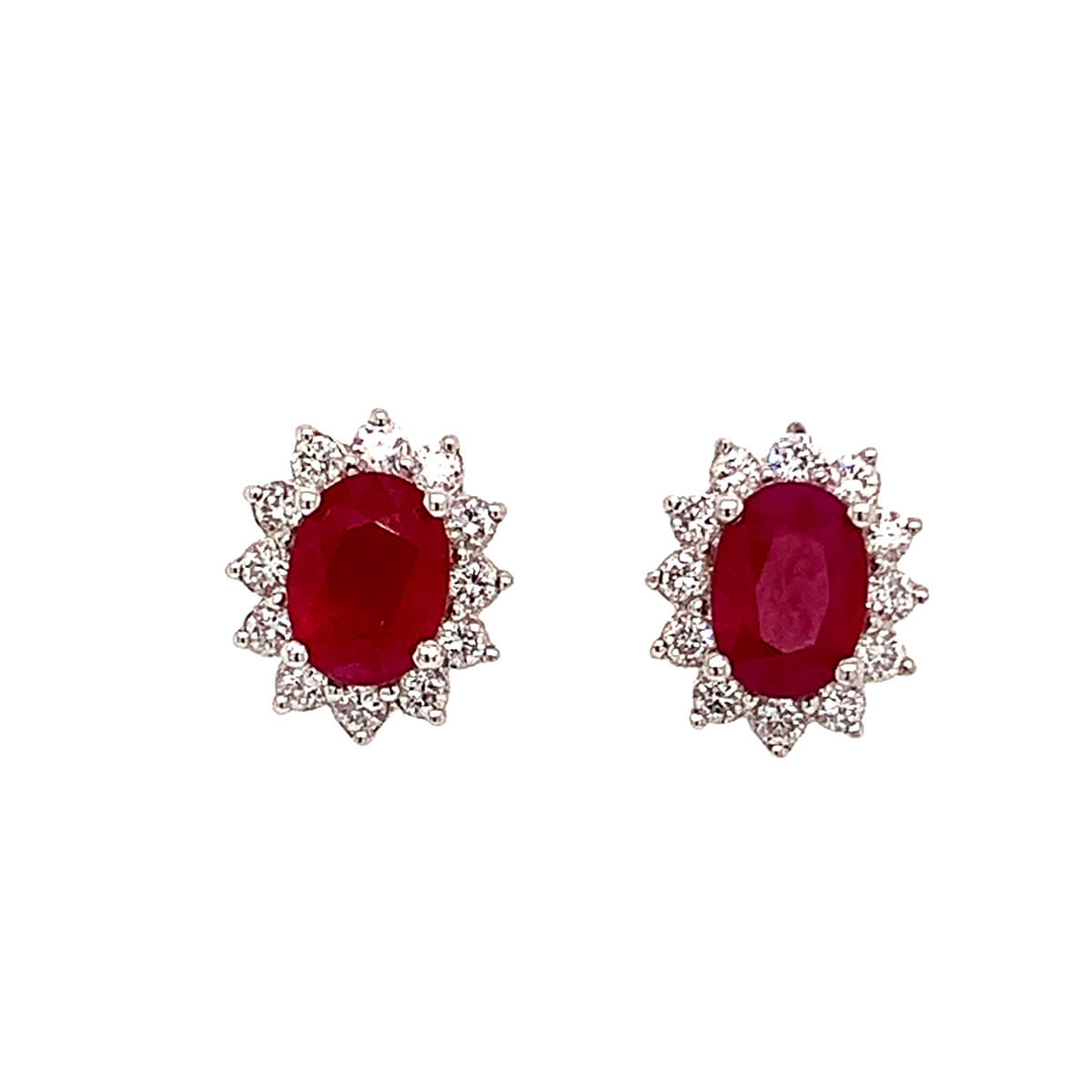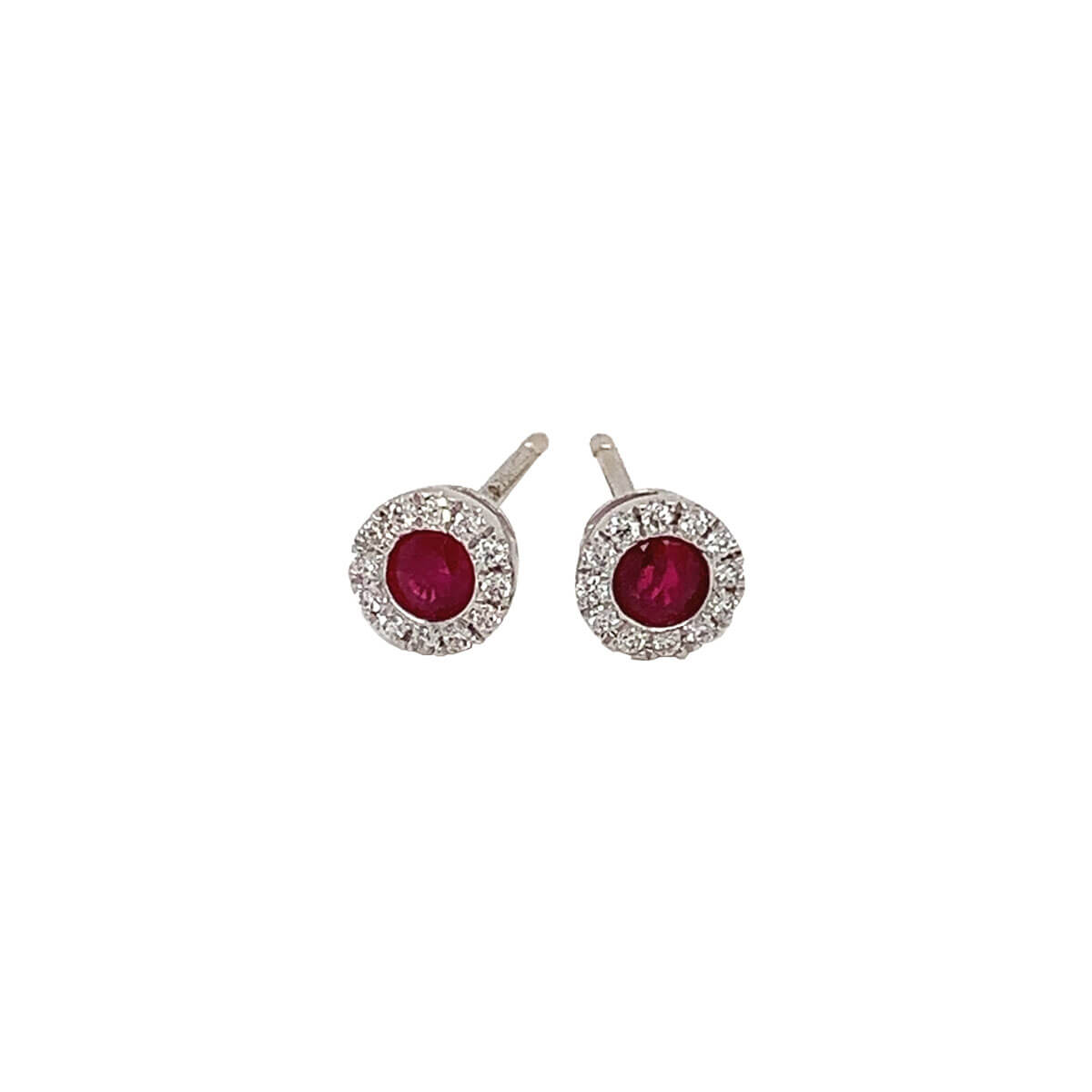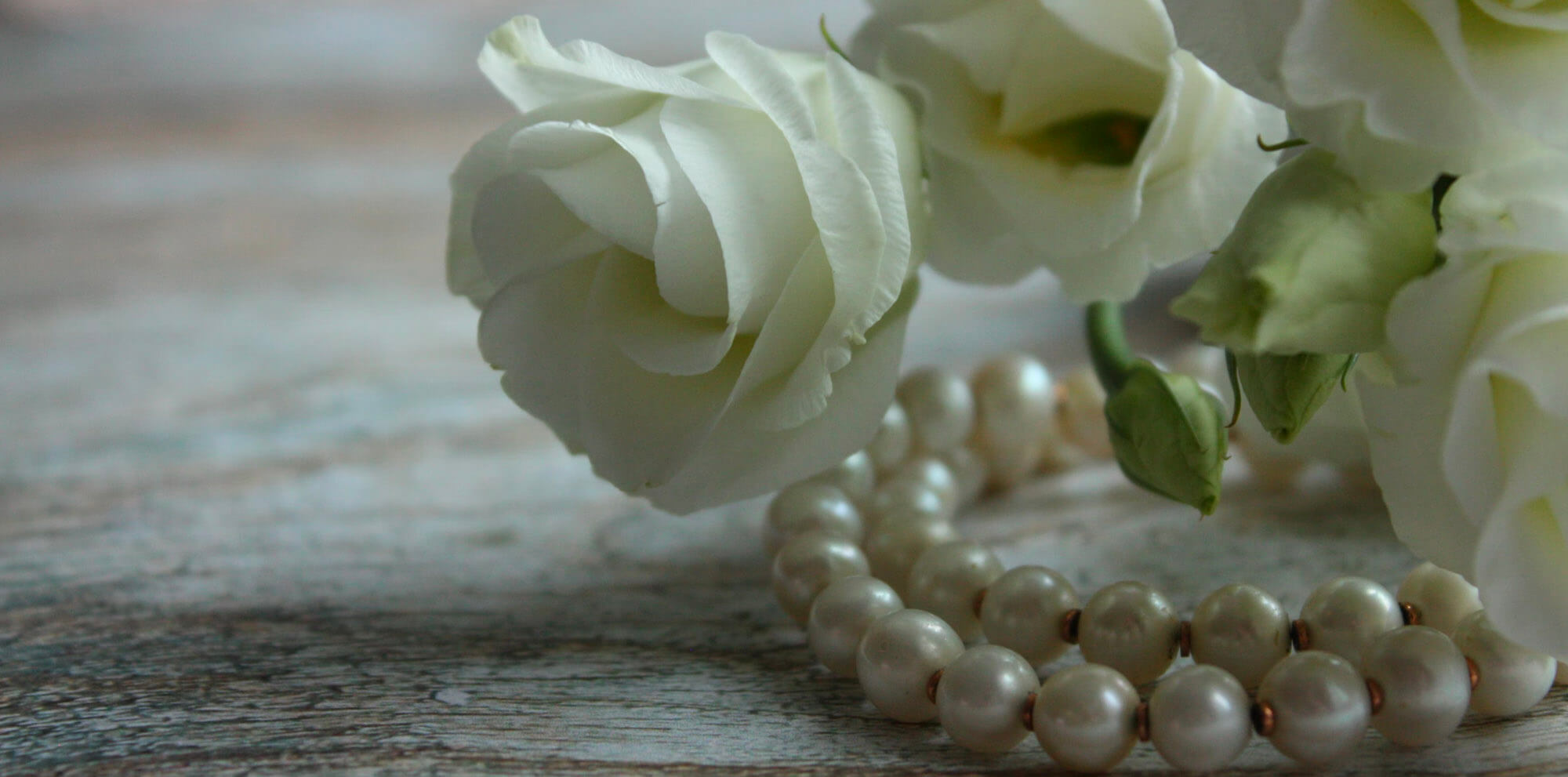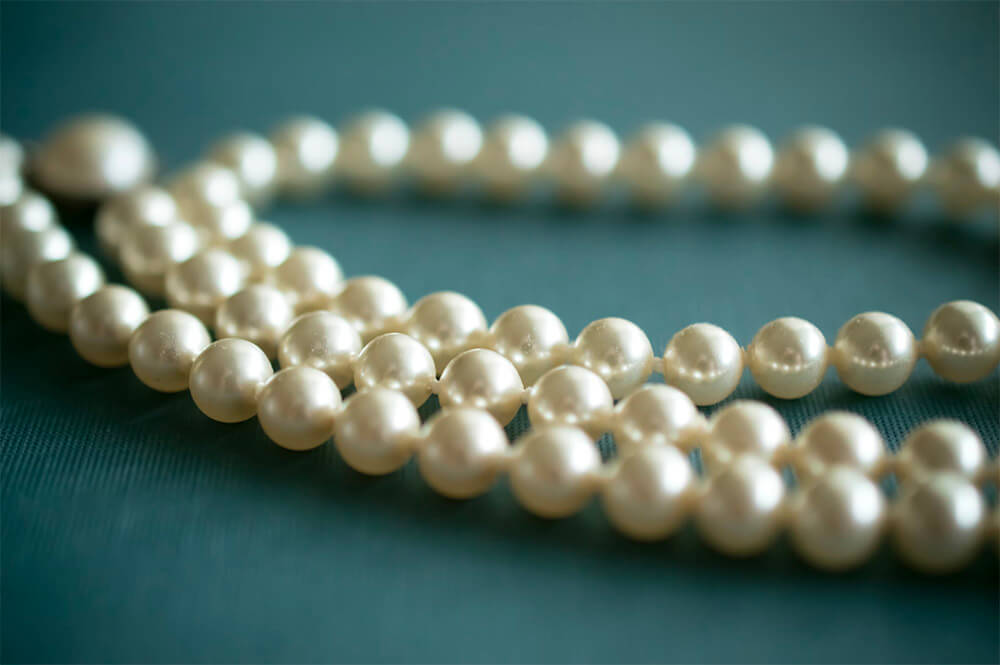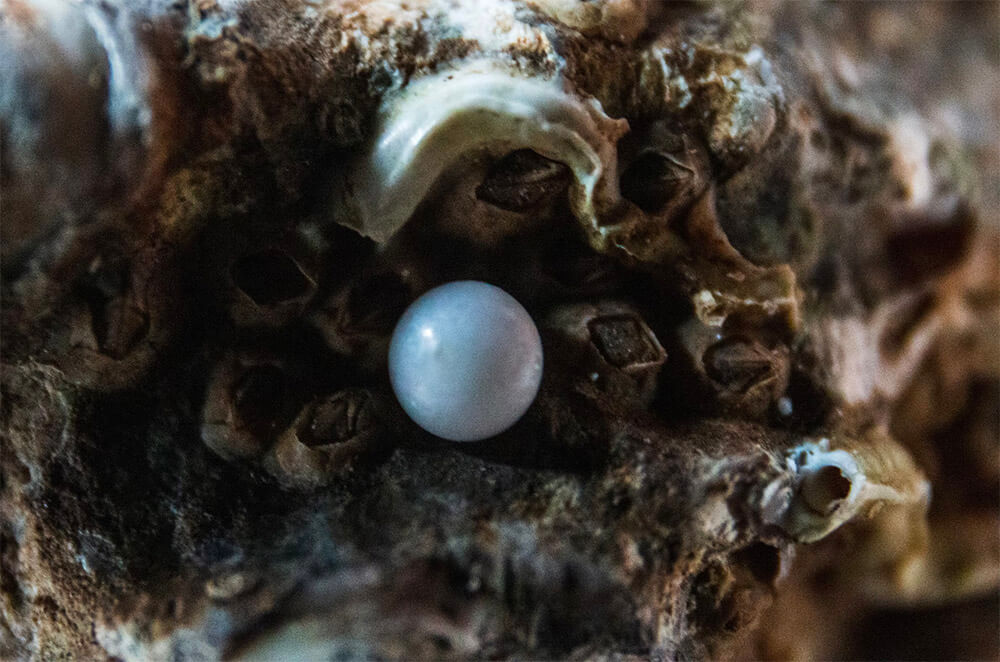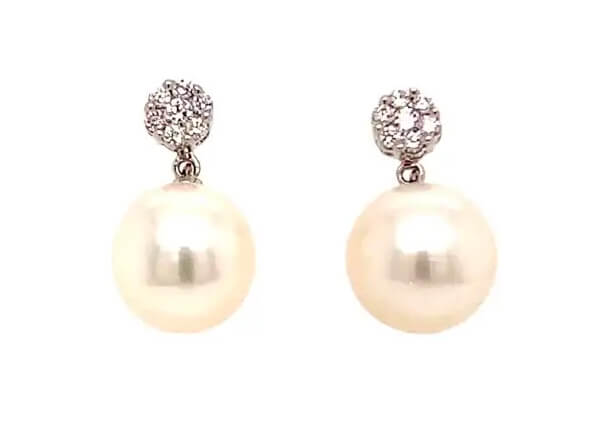Blue topaz is a bright gemstone that rarely occurs in natural gemstones, making them highly sought after throughout history and in contemporary jewellery design, too.
In this article, we will look at the history and rich symbolism of blue topaz, and key things to consider when choosing your blue topaz ring. We will also give you simple styling tips to help you to create effortlessly chic looks that show off your new topaz ring for everyday wear and special occasions.
History and origins of topaz
Topaz is a semi-previous gemstone that was first found in Germany in 1737, in the form of yellow topaz. It has since been found all across the world, from Pakistan and Afghanistan to Mexico and Brazil.
Topaz comes in a range of colours, from pale yellow to bright blue. Blue topaz is the rarest form of topaz in nature, although treated topaz makes it much easier to get hold of today.
Symbolism and meanings of topaz
Topaz is rich with history and symbolism through all cultures and civilisations.
This stone is often linked to the sun, as far back as the ancient Egyptians, who associated topaz with the sun god Ra, the ancient Romans who linked it to the sun god Jupiter, too, likely due to the more yellow-toned naturally occurring variants of the stone.
Blue topaz, however, is aligned with calmness, clarity, and emotional balance, often used to help promote peace and tranquility. This may be down to blue being perceived as a calming colour. Similarly, blue topaz is associated with the throat charak, and is said to aid communication and self-expression.
While Topaz is also the birthstone of November and of the star sign Scorpio (alongside Opal for October Scorpios), blue topaz is also often associated with December birthdays. That means a topaz ring makes the ideal gift for any November-born Scorpios, or December babies in your life.
What metal works best for topaz jewellery?
Most topaz jewellery favour cooler toned metal,like sterling silver or white gold as this enhances the natural icy blue tones of topaz. However, pairing the blue gemstone with bright gold jewellery can create a bold look.
Similarly, setting a topaz gemstone in rose gold will make a great contrast. To create rose gold, yellow gold alloyed with copper, a bright orange chemical element. In colour theory, blue and orange are opposite, making them complementary to each other and an excellent choice to create a cohesive clash.
What is the best cut for a topaz ring?
When looking for the perfect blue topaz ring, it is important to consider what cut works best for your style and also your finger shape.
Popular cuts for topaz are:
- Round cut is the most common and most classic cut for all gemstones, and topaz is no exception. This cut enhances the brilliance of a stone, making it the best option if you want your blue topaz to sparkle. It is also universally flattering.
- Oval shaped topaz are similar round, but more elongated, making them a great choice for shorter fingers.
- Pear, also known as teardrop cut, can make gemstones look larger as is a great option if you want a vintage-inspired look. This is also a good choice if you have wider fingers.
Top tips for styling topaz rings
Create an effortless look with neutral colours and classic styles
Let the bright blue of the topaz ring take centre stage and opt for more neutral tones. Adding a topaz ring to an outfit that features beiges, browns and whites or creams can help keep the focus on the brilliant blue hue of your ring.
Similarly, wearing an all black outfit will also ensure that all the attention is on your topaz gemstone, creating a perfect backdrop to the bold blue.
Layer blue gemstones to create a monochromatic look
Create a monochromatic look by pairing your topaz ring with other blue gemstones, like sapphires, aquamarine or topaz jewellery.
In choosing a range of blue-toned gemstones that are deeper and lightery, you can create a beautiful tonal look that has depth and evokes intrigue.
Layering different blue gemstones, whether it’s through stacking rings, or adding blue bracelets or pendants, will help you to curate a monochromatic look. Why not even paint your nails a similar shade of blue to really celebrate all things blue!
Cocktail chic
Bright and bold cocktail rings make a great conversation starter at parties.
Choosing a big topaz costume style topaz ring is a good option for formal and semi-formal events. Paired with a Little Black Dress and keeping the rest of your jewellery minimal is the perfect way to make a statement at your next cocktail party.
Everyday elegance
Create a chic, casual look by pairing your blue topaz ring with denim for everyday elegance.
Try to choose a denim shade that closely matches your topaz ring to create a cohesive look. Pair your blue jeans and blue topaz ring with a crisp white shirt or casual t-shirt for a relaxed yet stylish look that’s perfect for daily wear.
Can you wear topaz jewellery every day?
Luckily, topaz is a hard stone, measuring 8 out of 10 on the Mohs scale of hardness. This means you can wear your topaz jewellery often, even every day if you like. However, as with any jewellery, it’s important to keep your jewellery clean, stored safely and avoid exposure to harmful chemicals.
Store your topaz ring out of direct sunlight and in a dry place – a jewellery box is the best place to keep all your jewellery.
Be sure to remove your topaz jewellery before showering or swimming, and when cleaning to avoid exposure to harmful chemicals.
Finally, treat your topaz ring to regular cleaning to maintain its bright blue colour and protect the integrity of the jewellery.
Final thoughts
Famed for its bright blue colour and connection to communication and clarity, when styling topaz rings its best to keep it simple and let the stone take centre stage.
Setting your blue topaz stone in subtle silver or contrasting gold, pairing it with neutral clothing and keeping the rest of your jewellery tonal or minimal will ensure that your ring is the focal point to your outfit.

